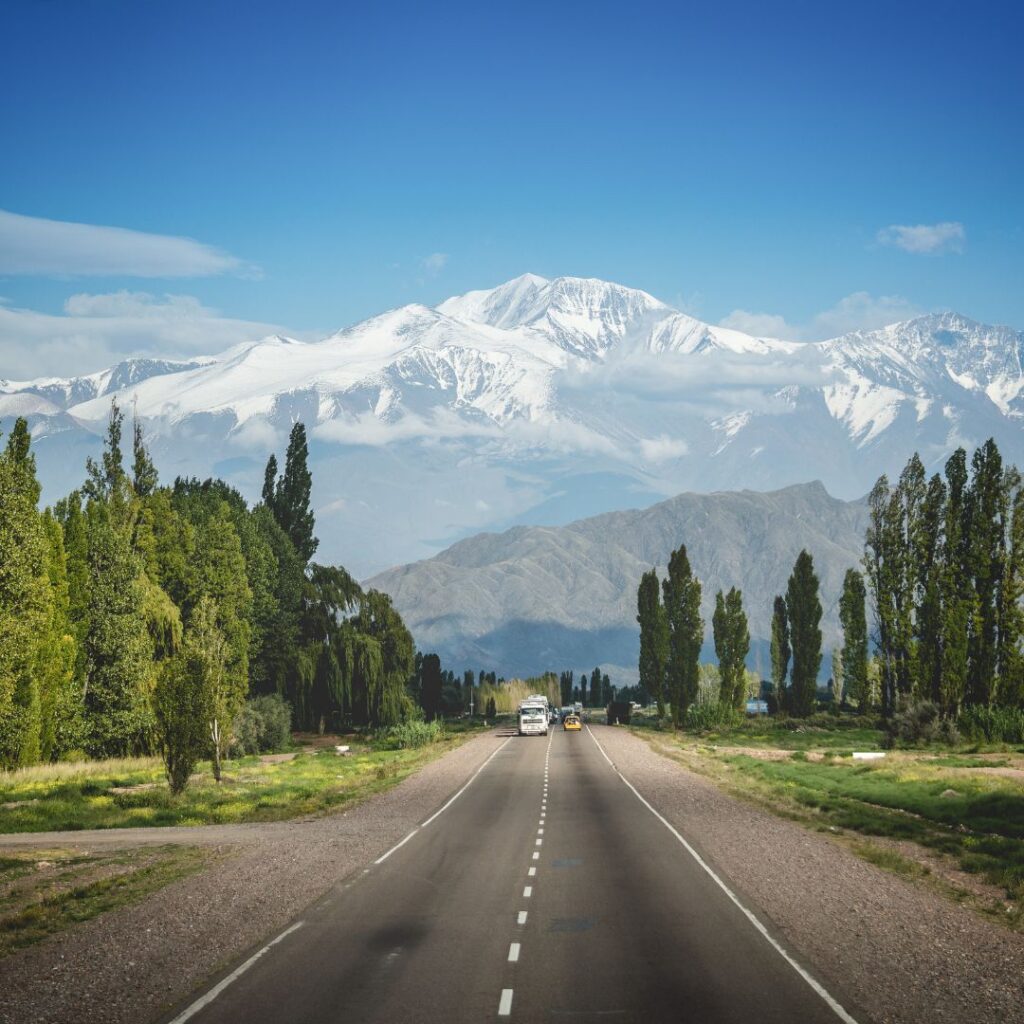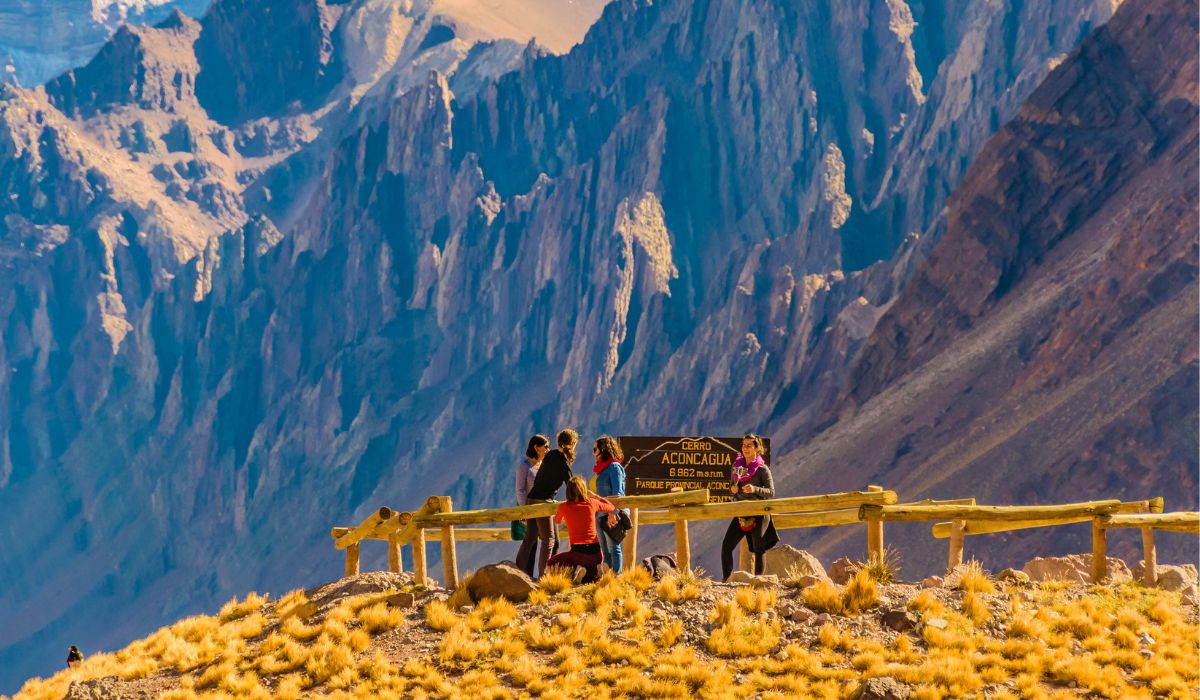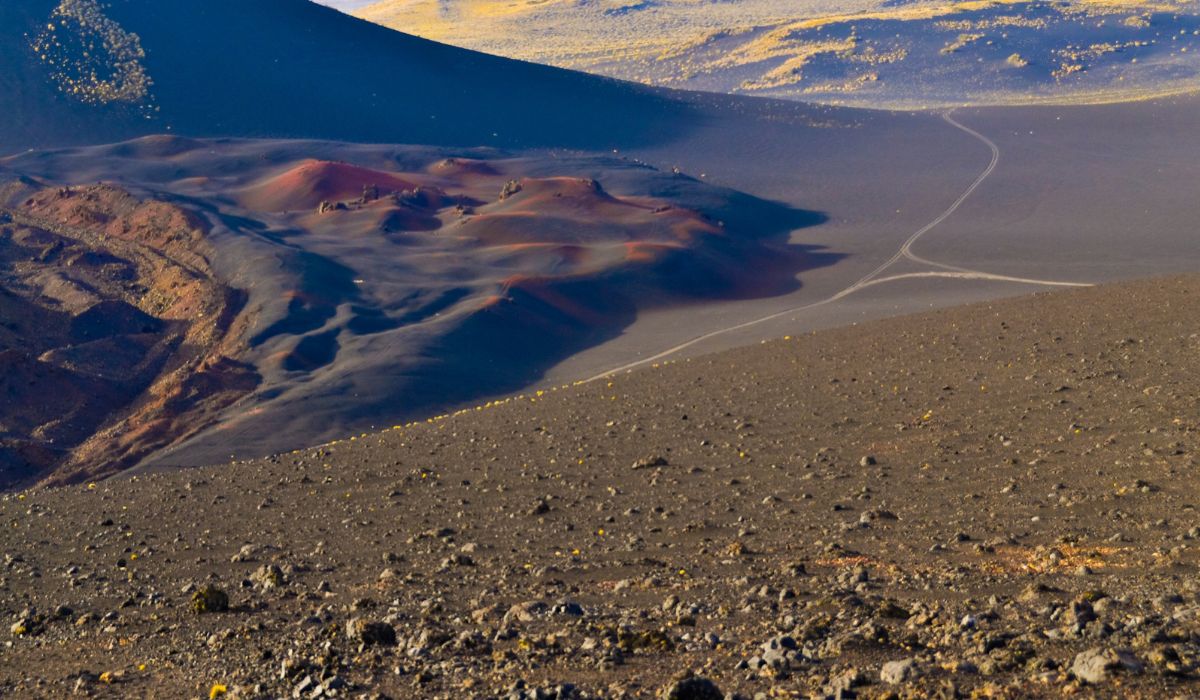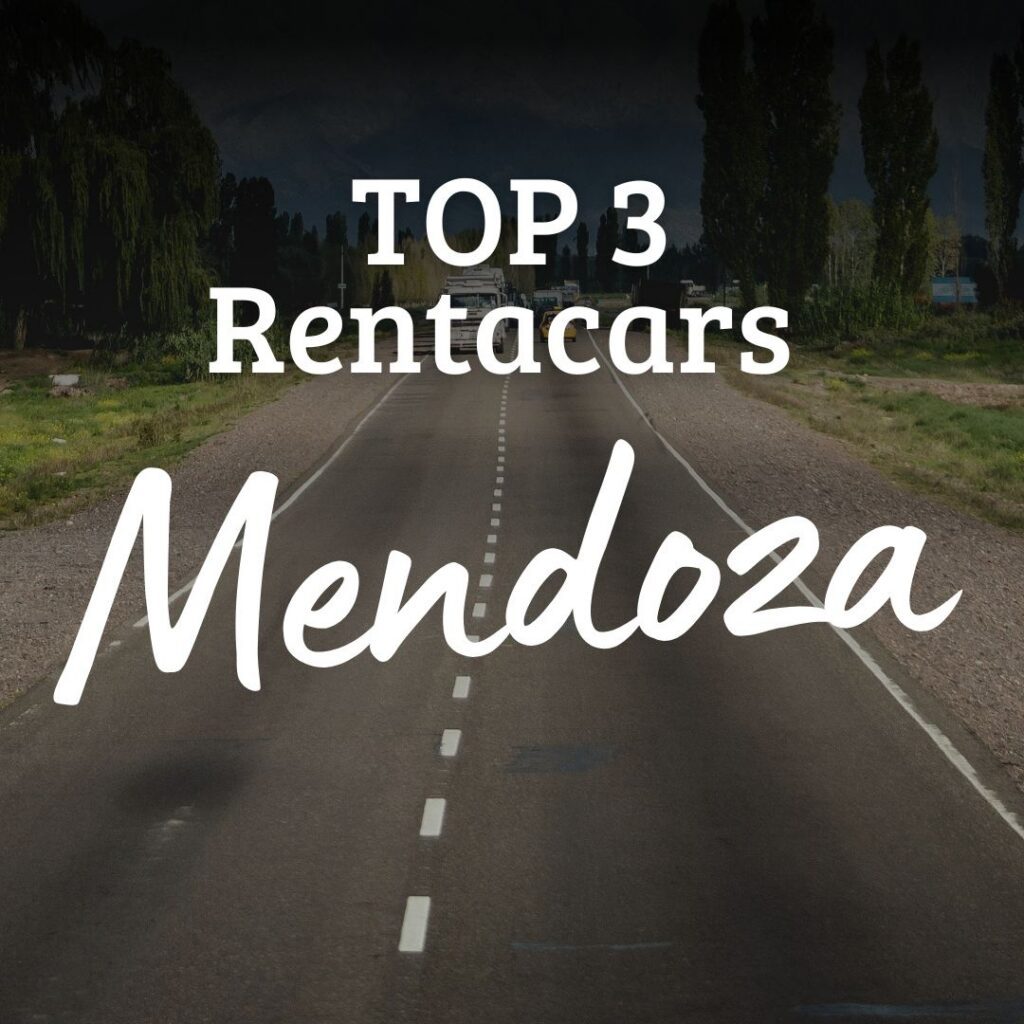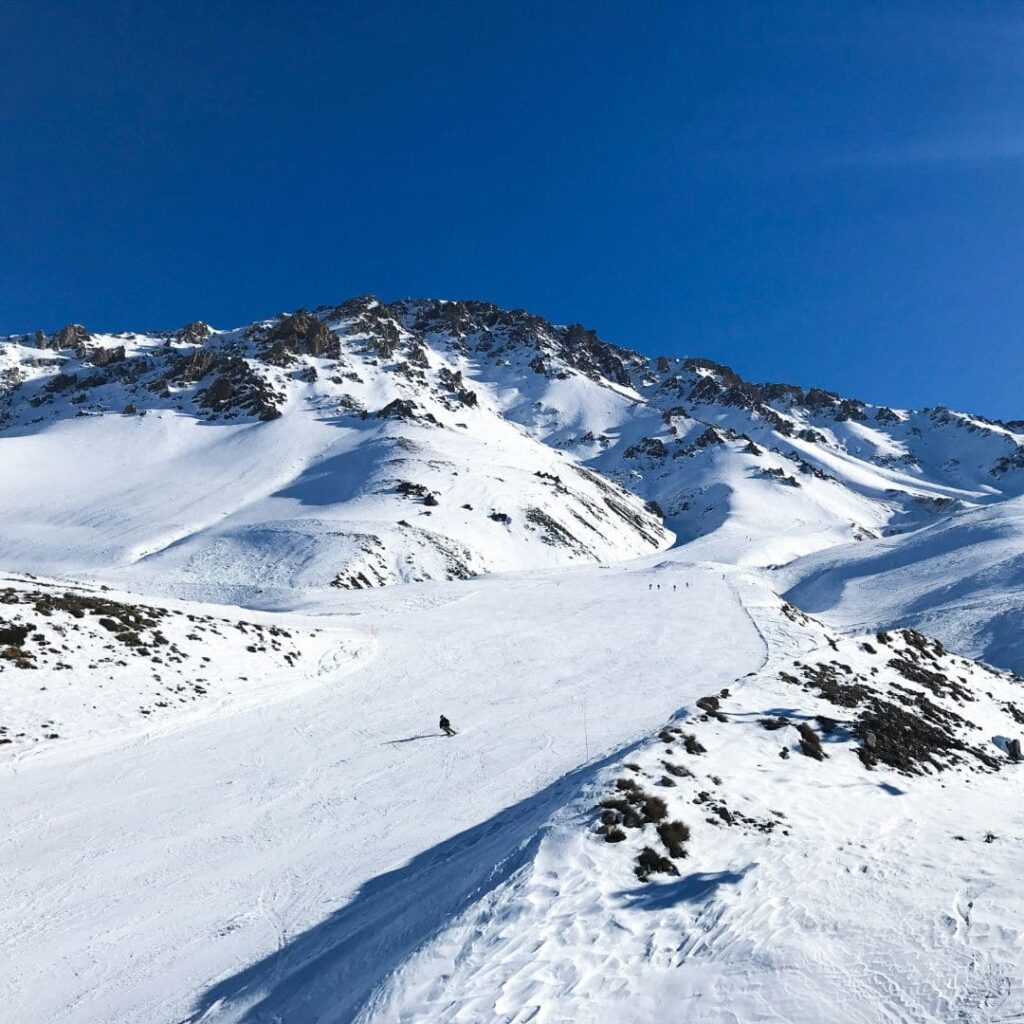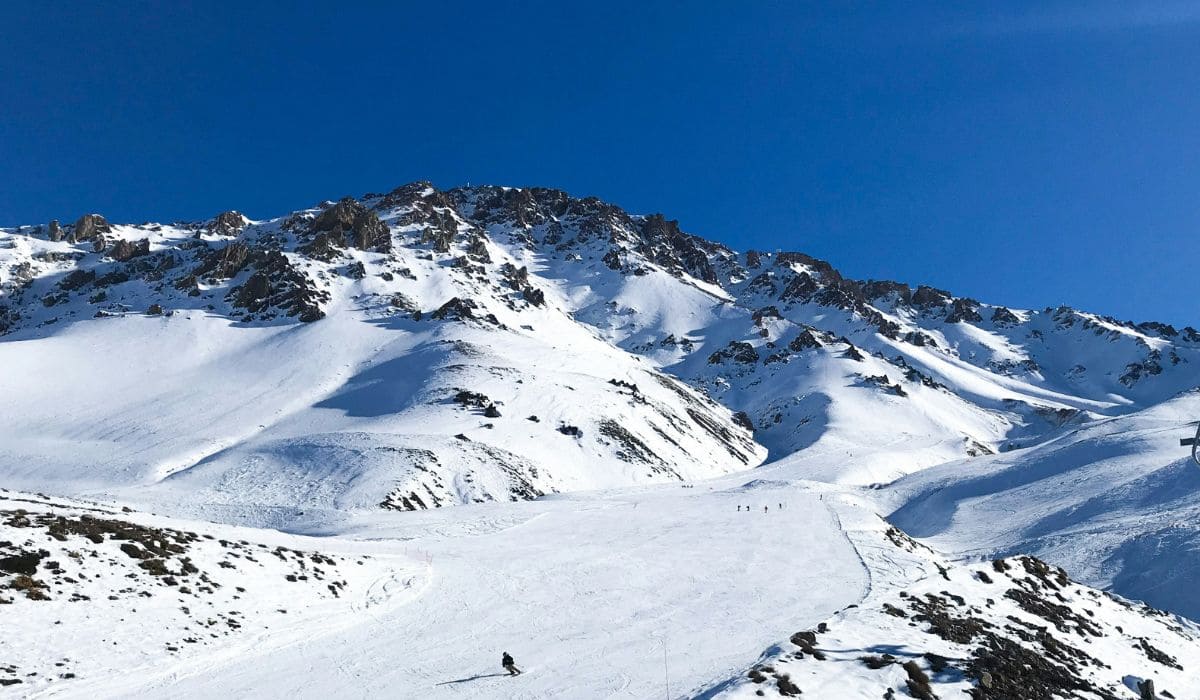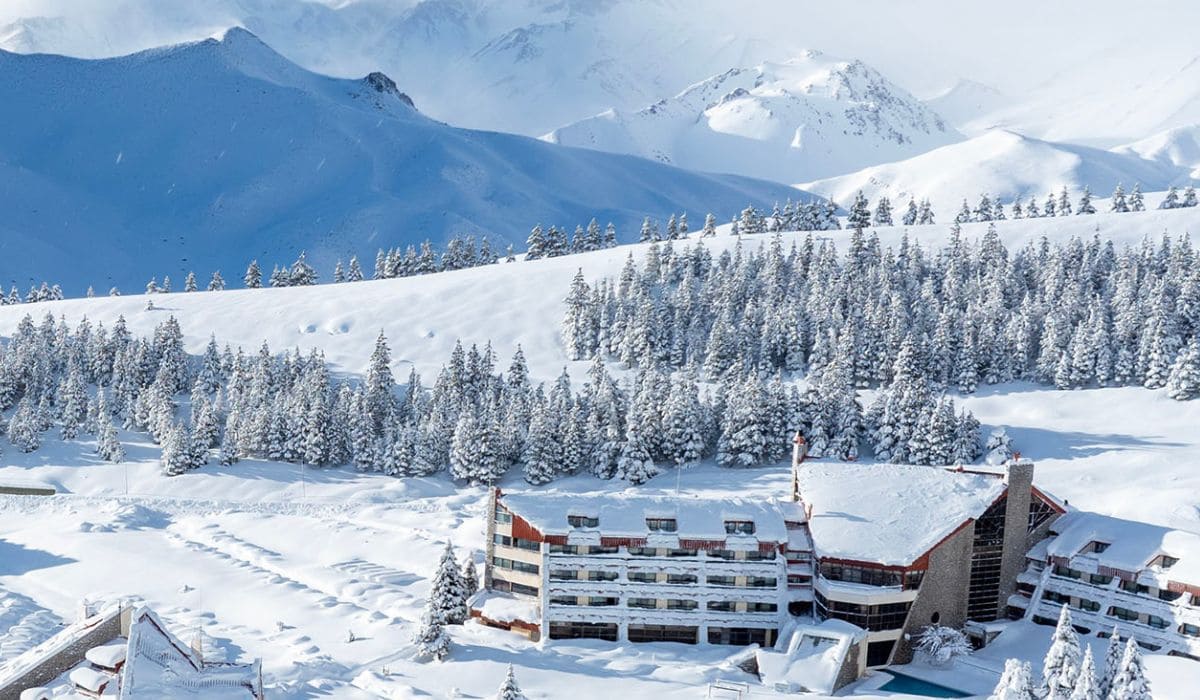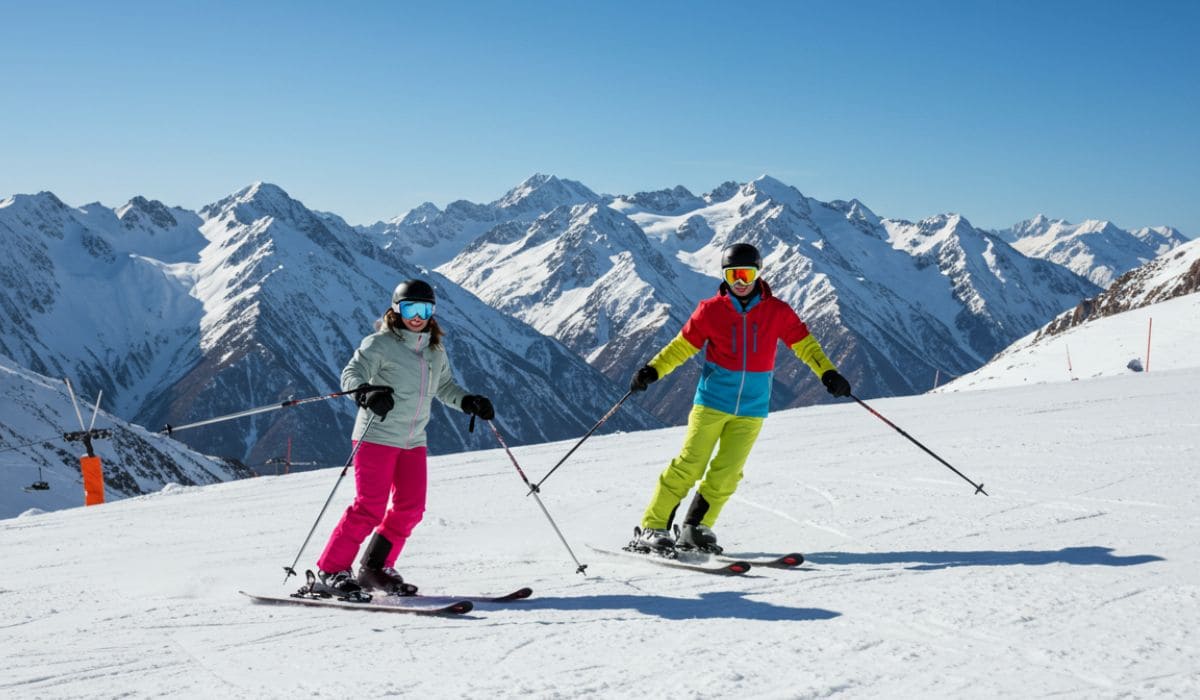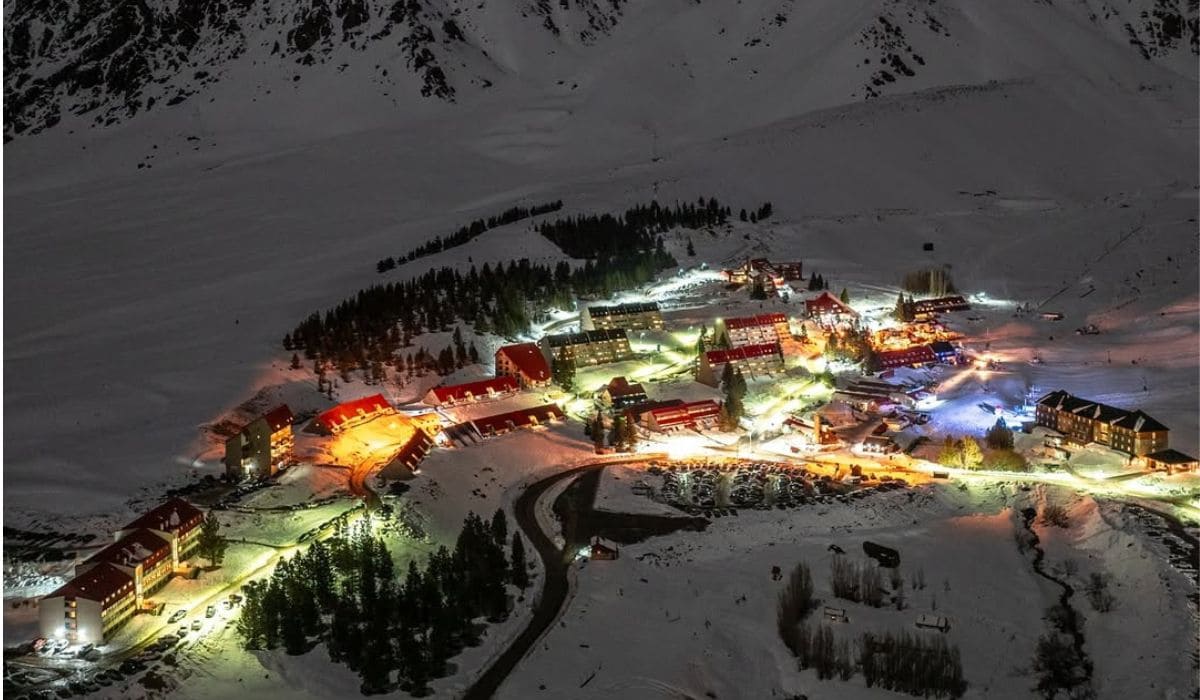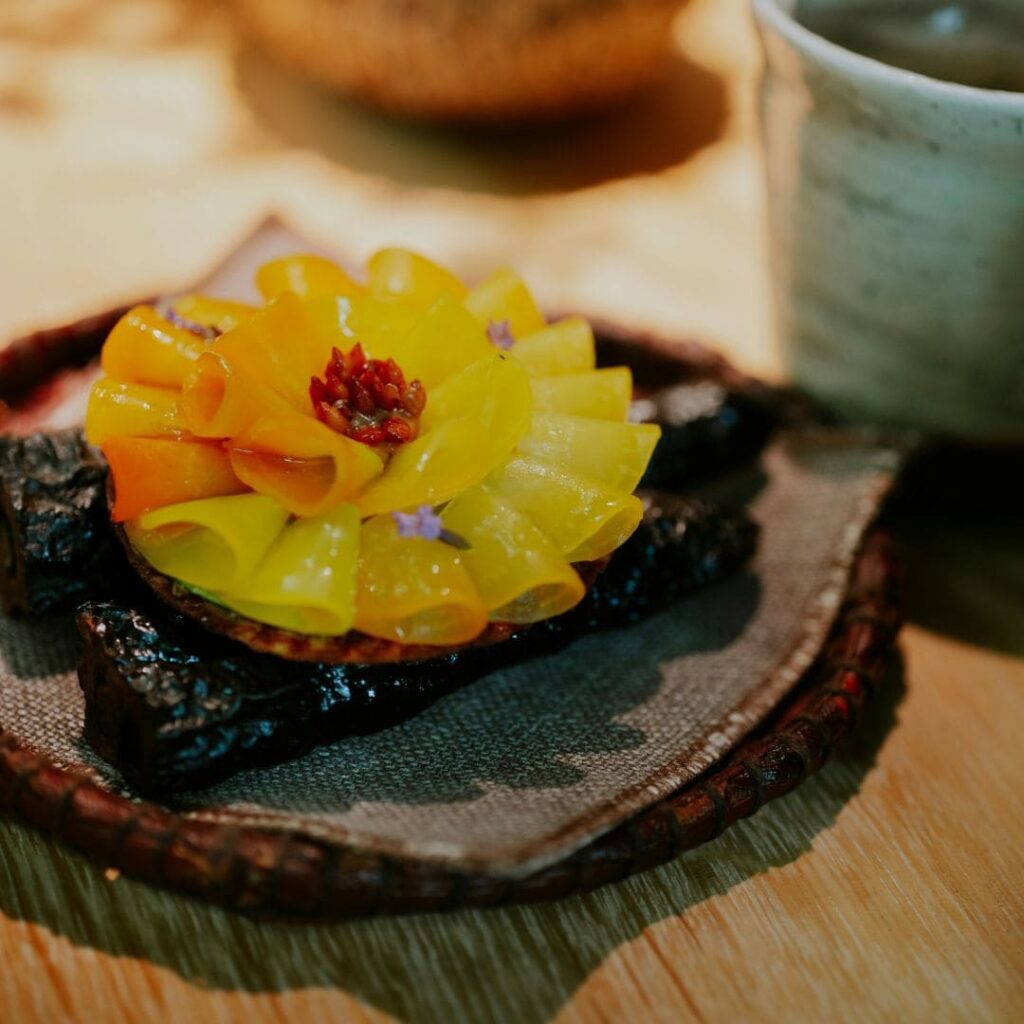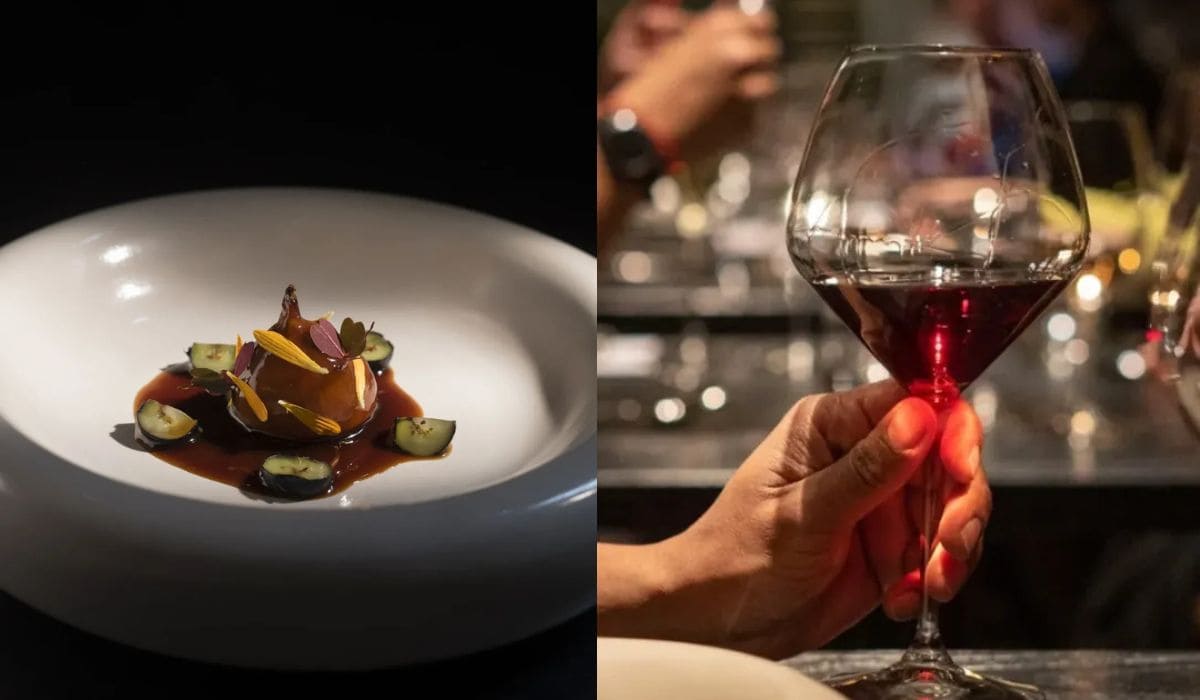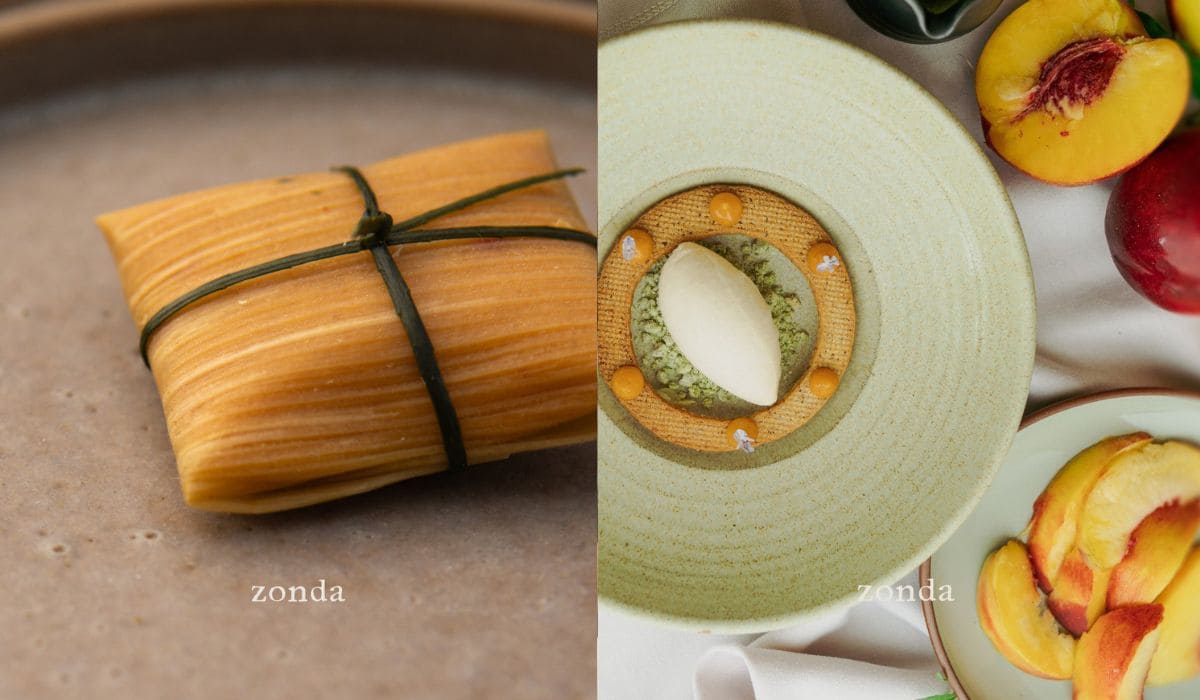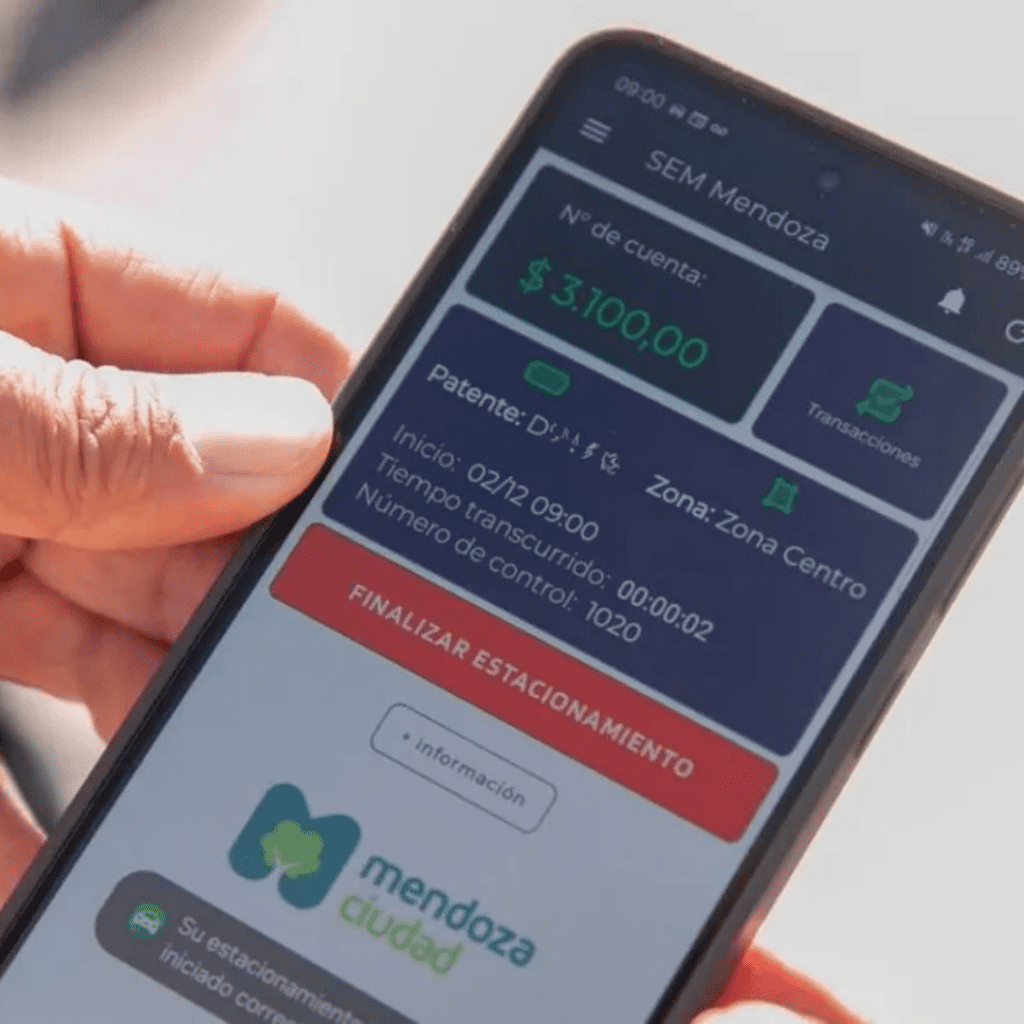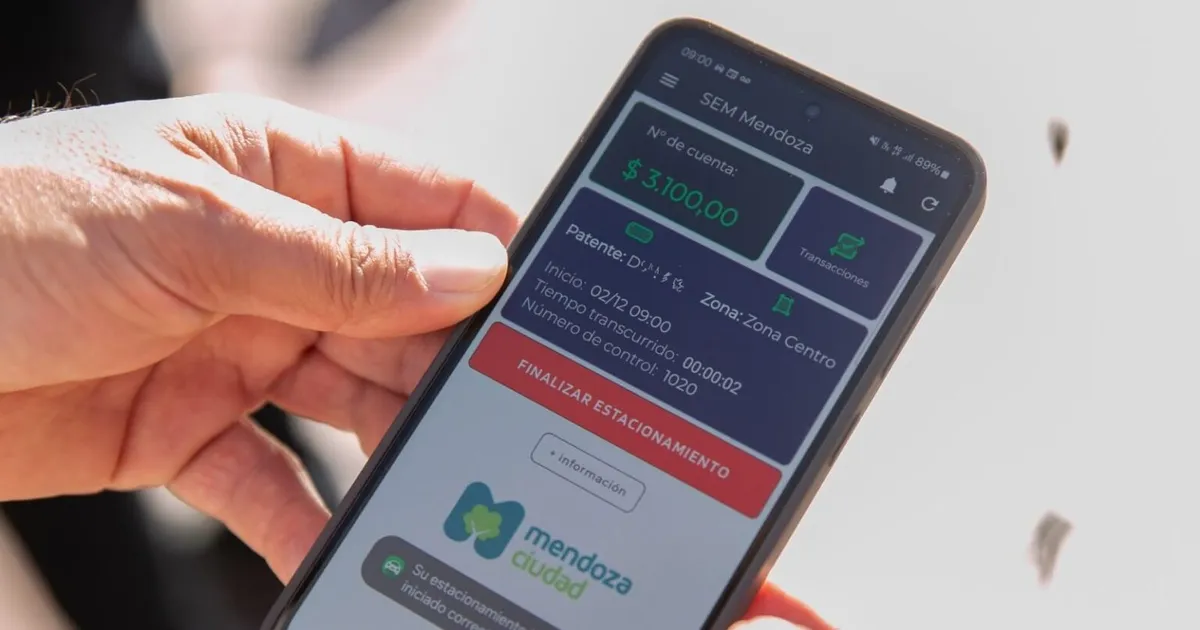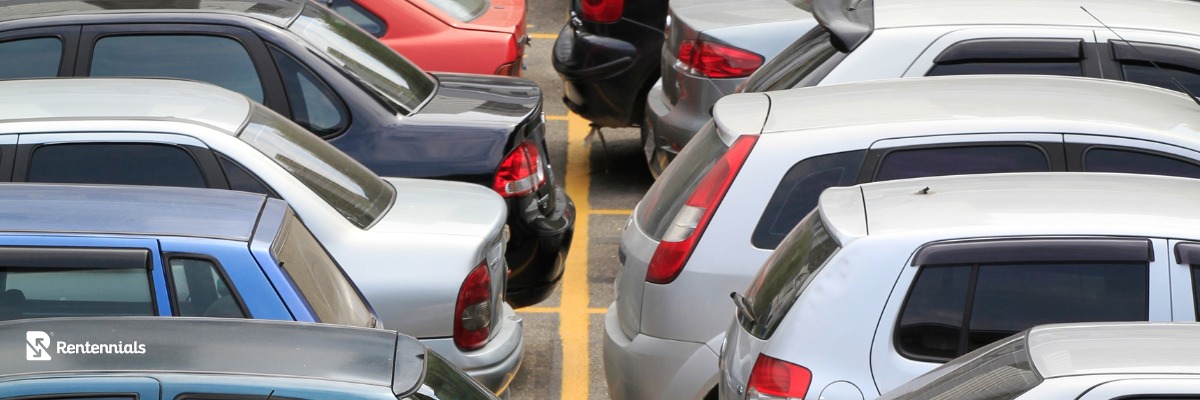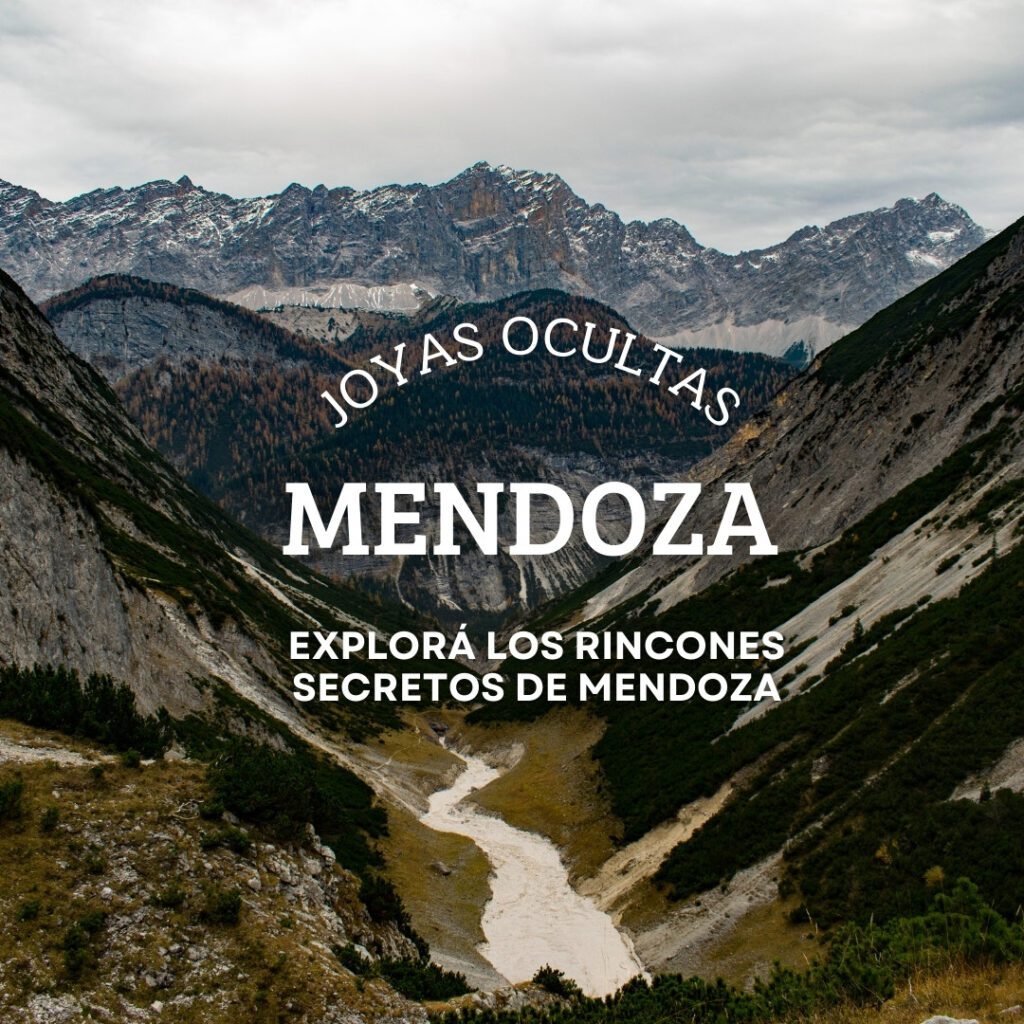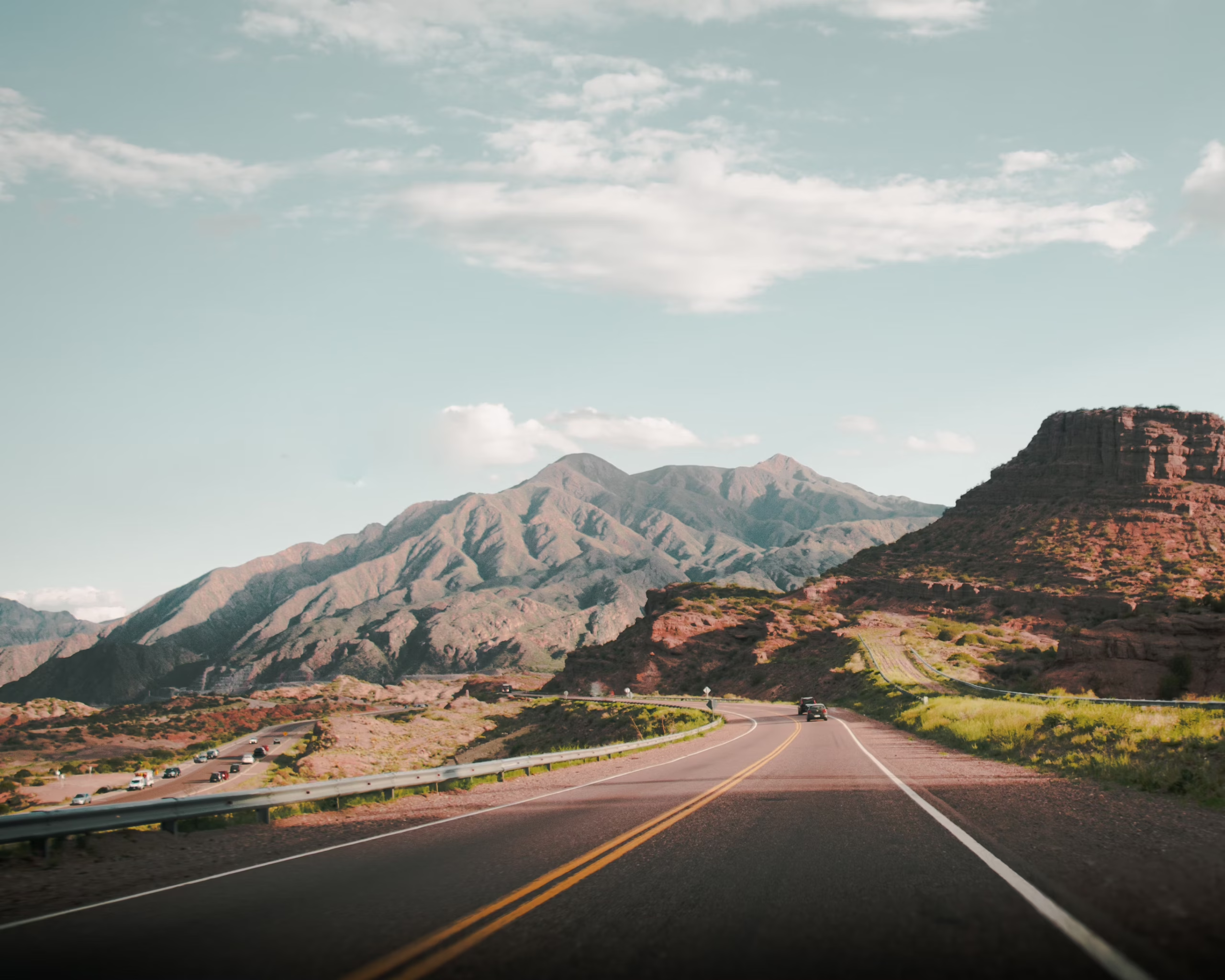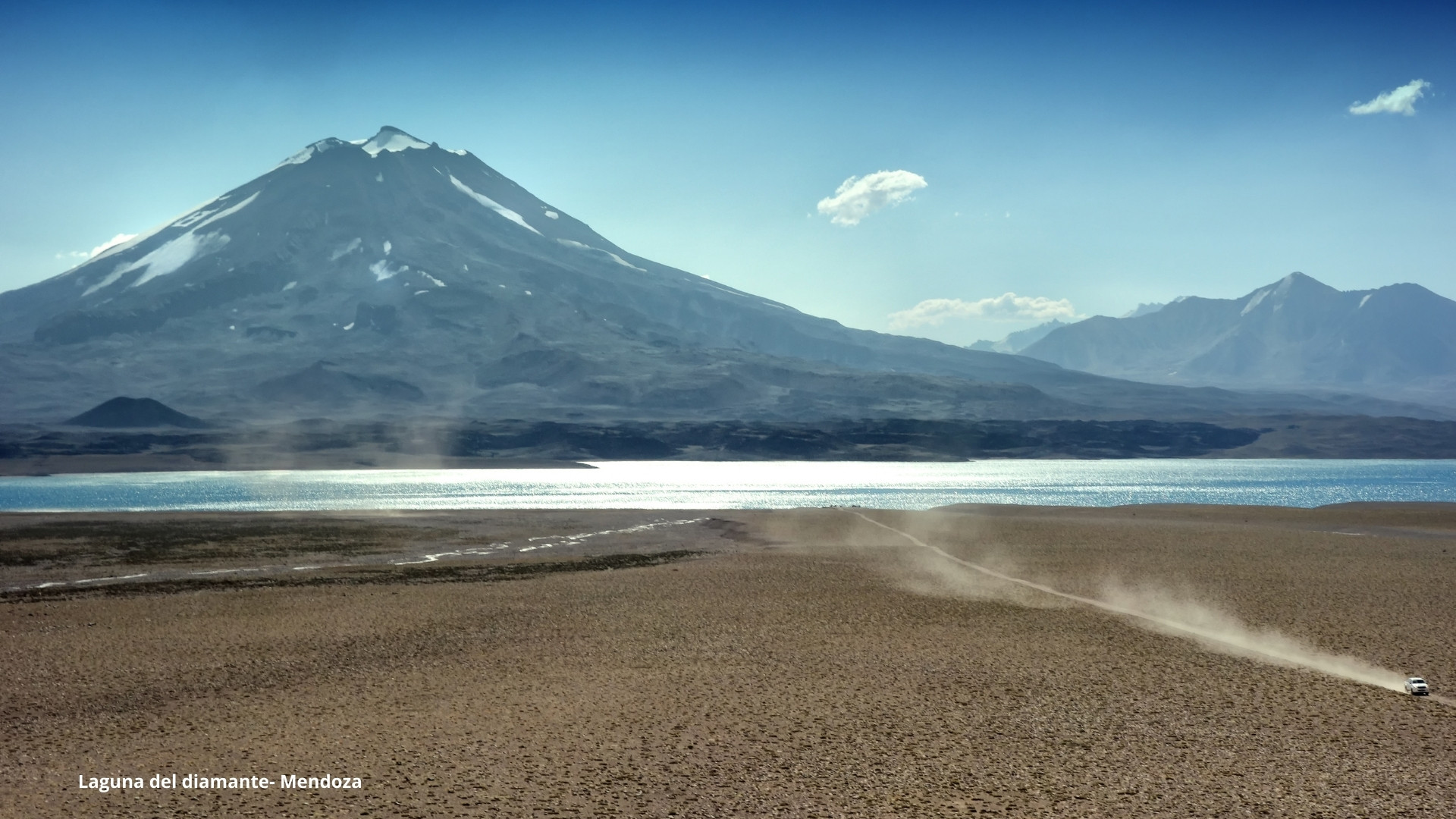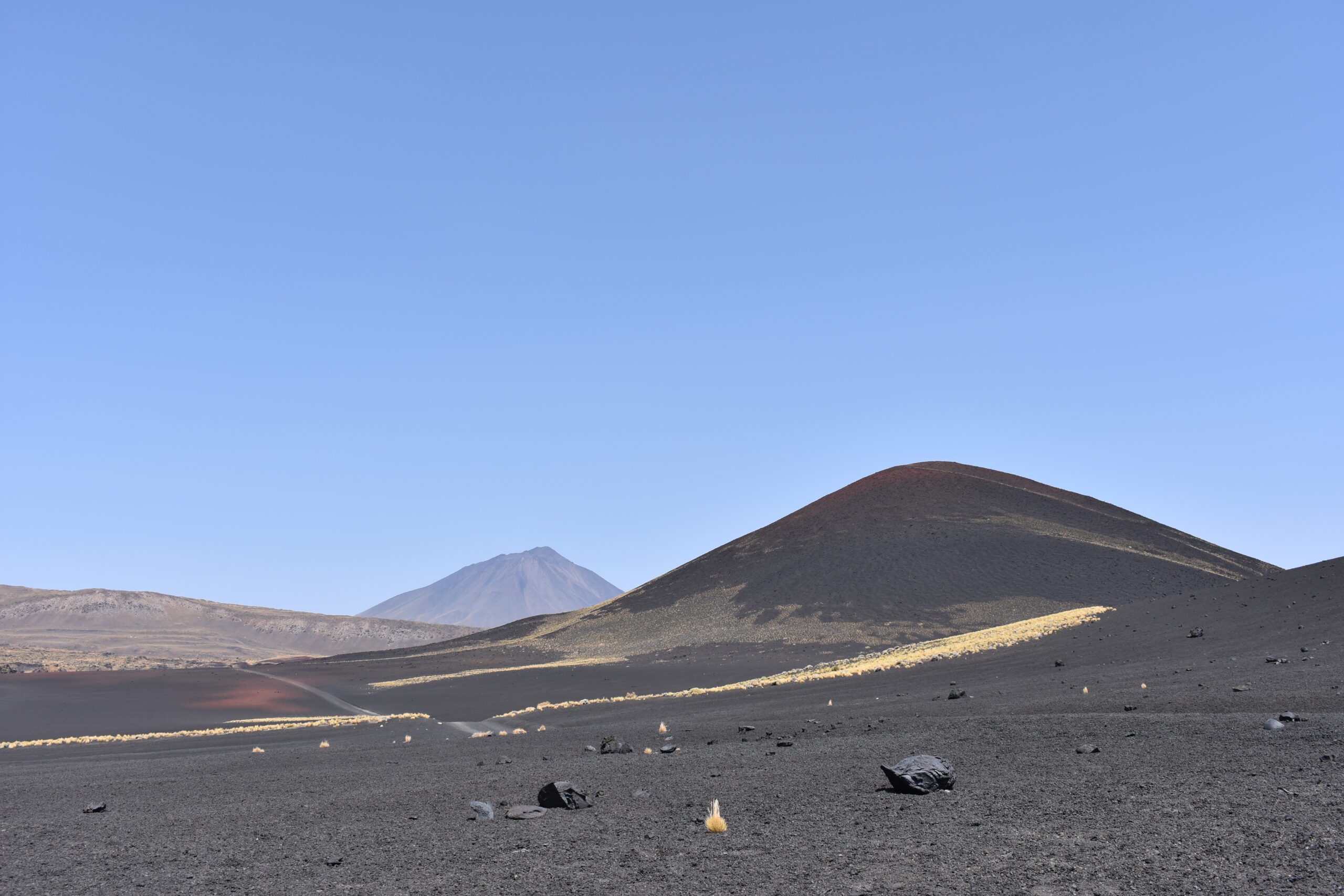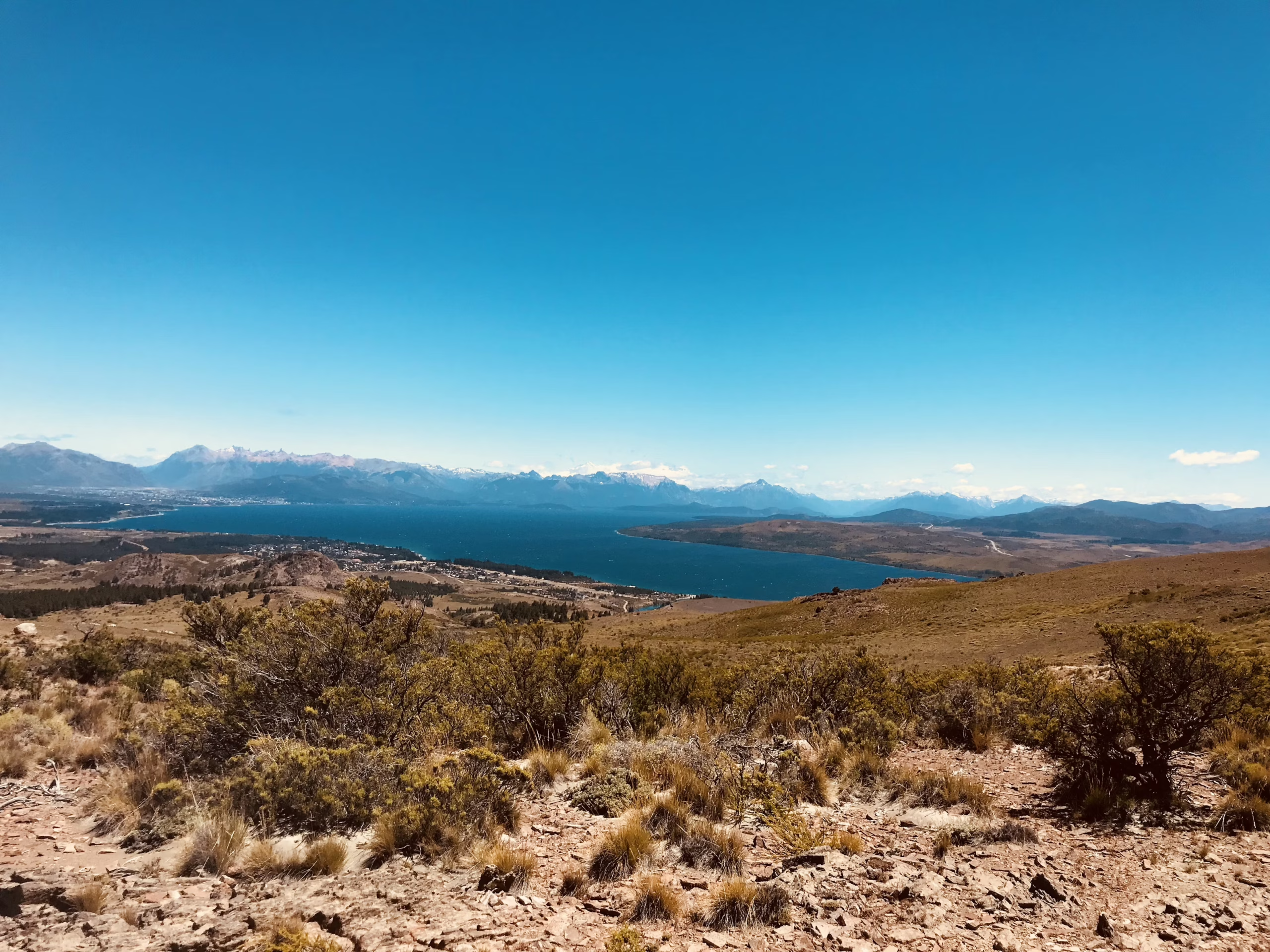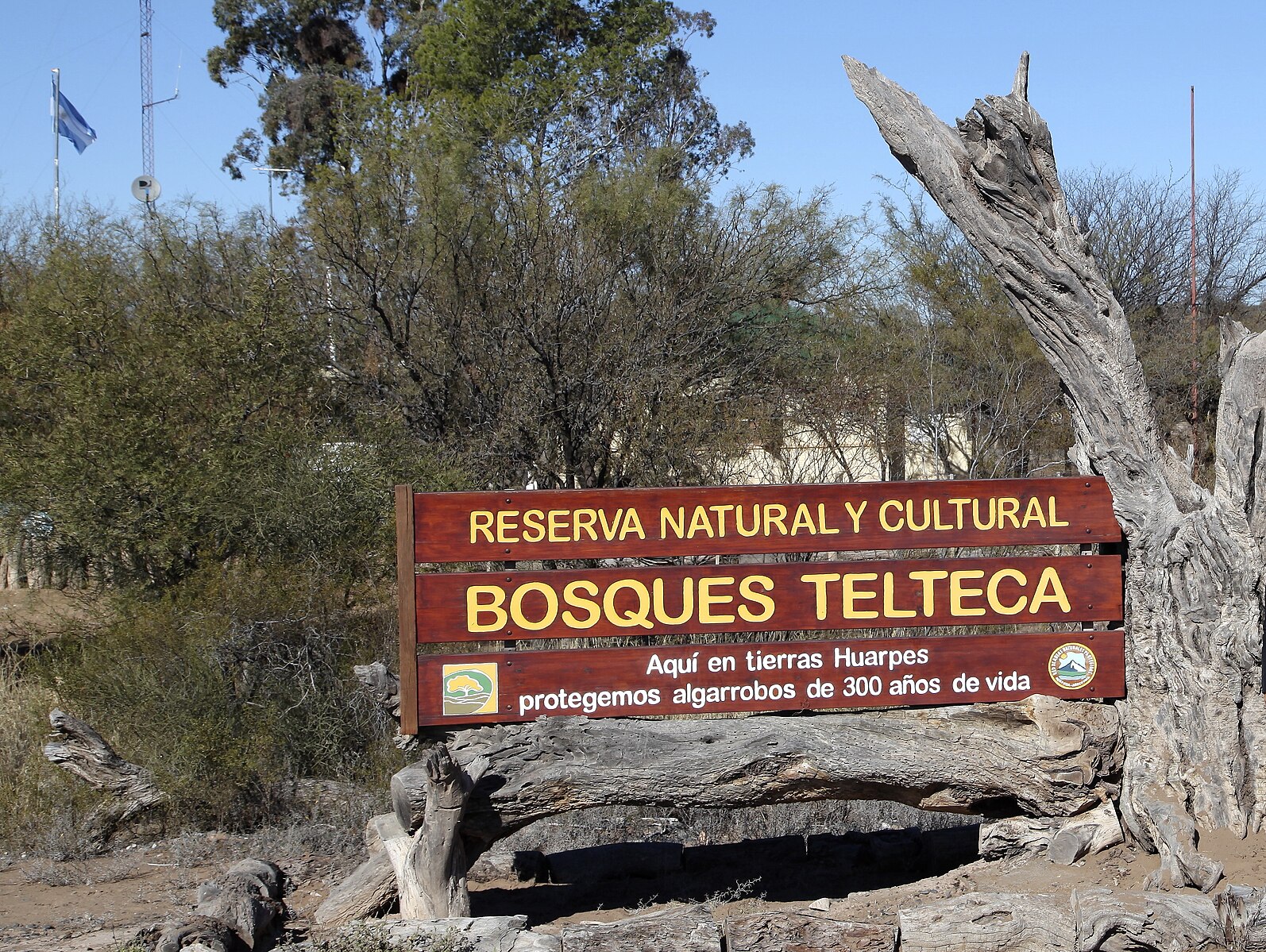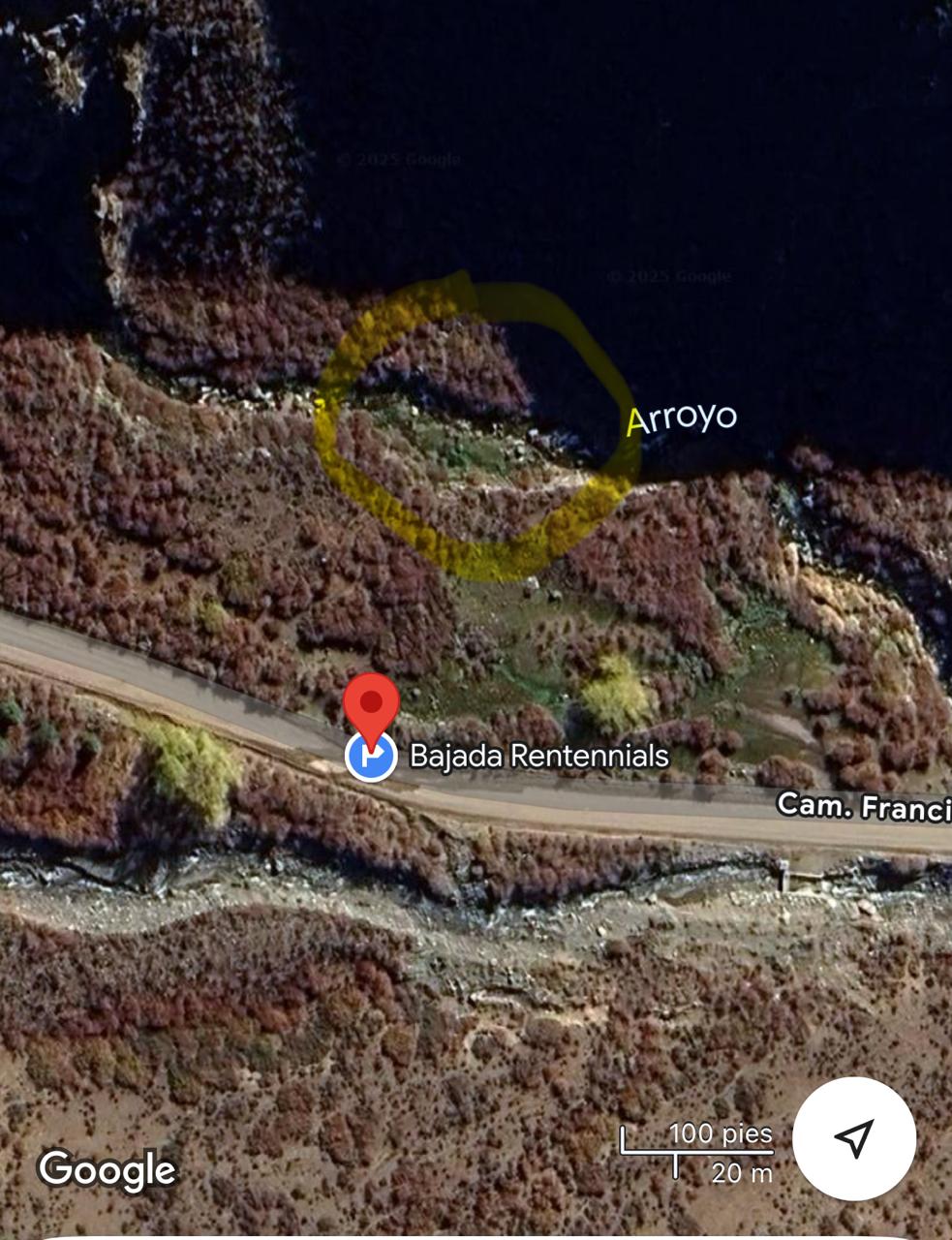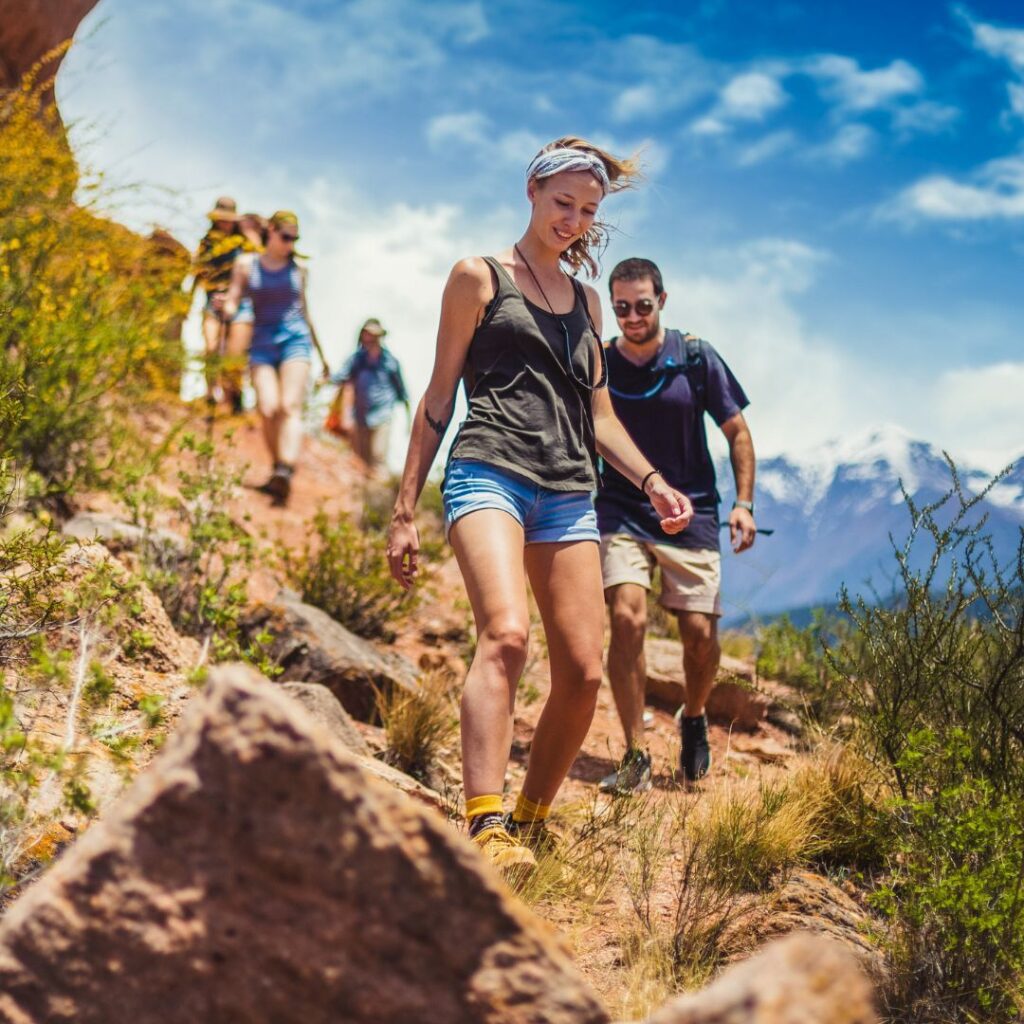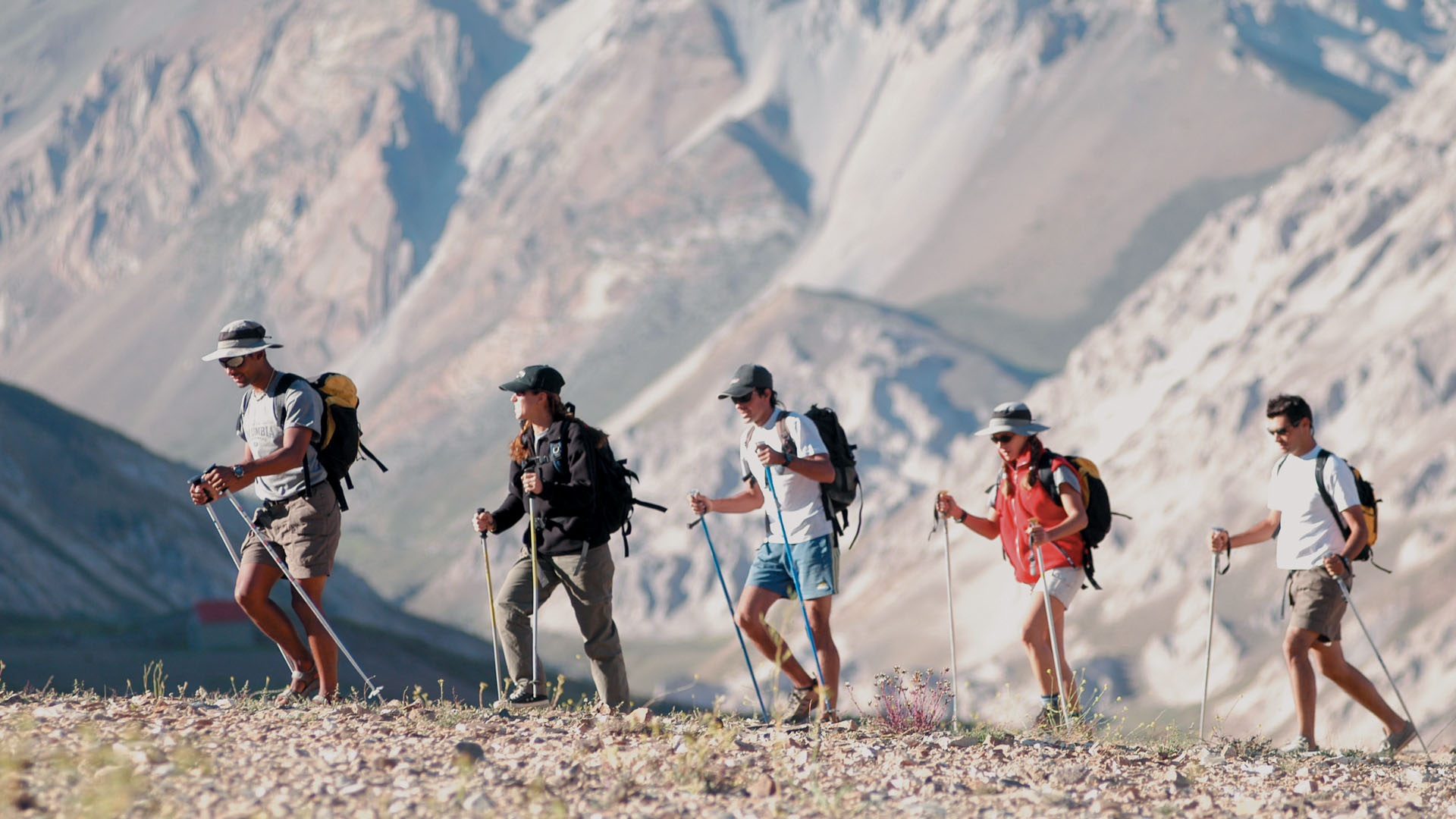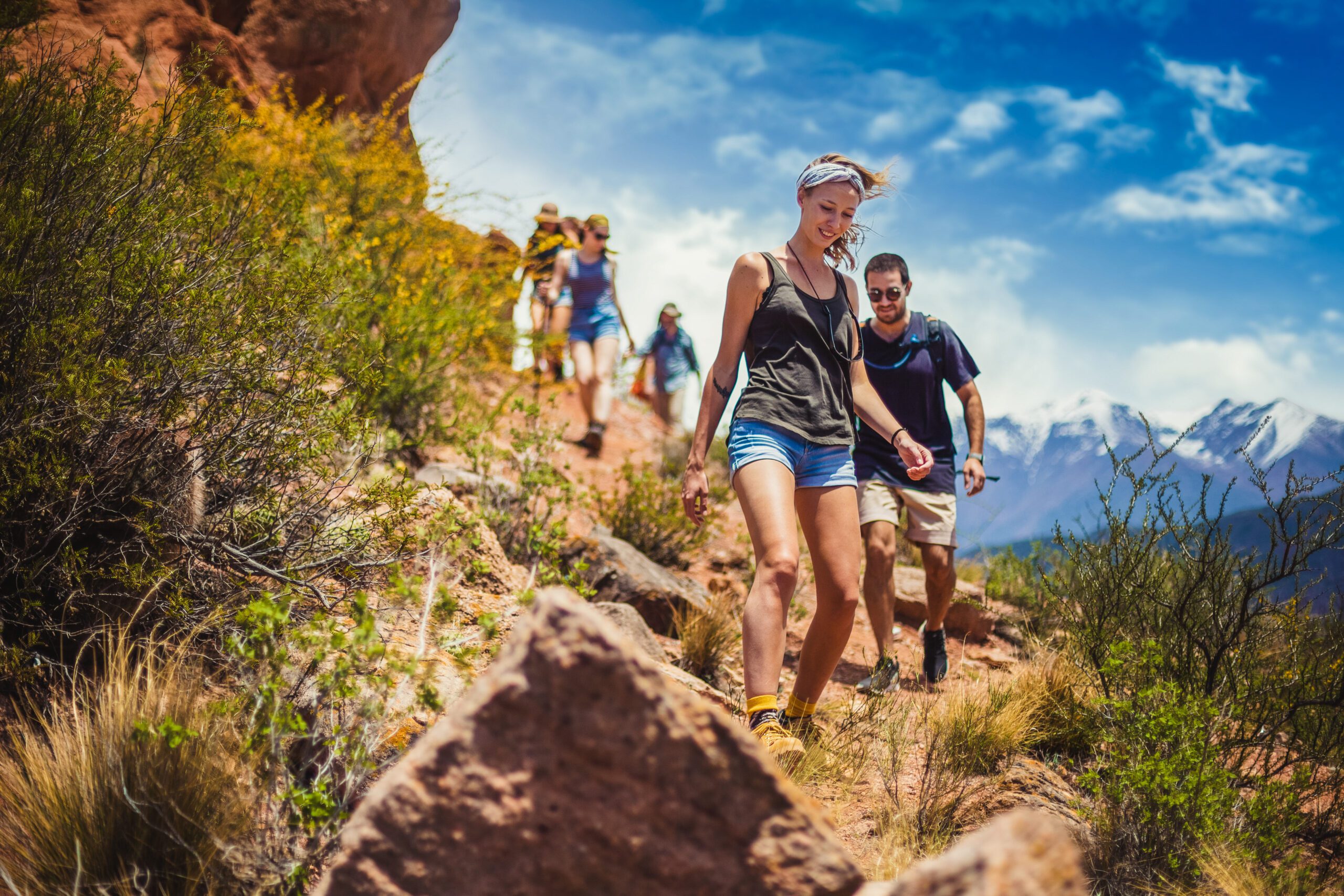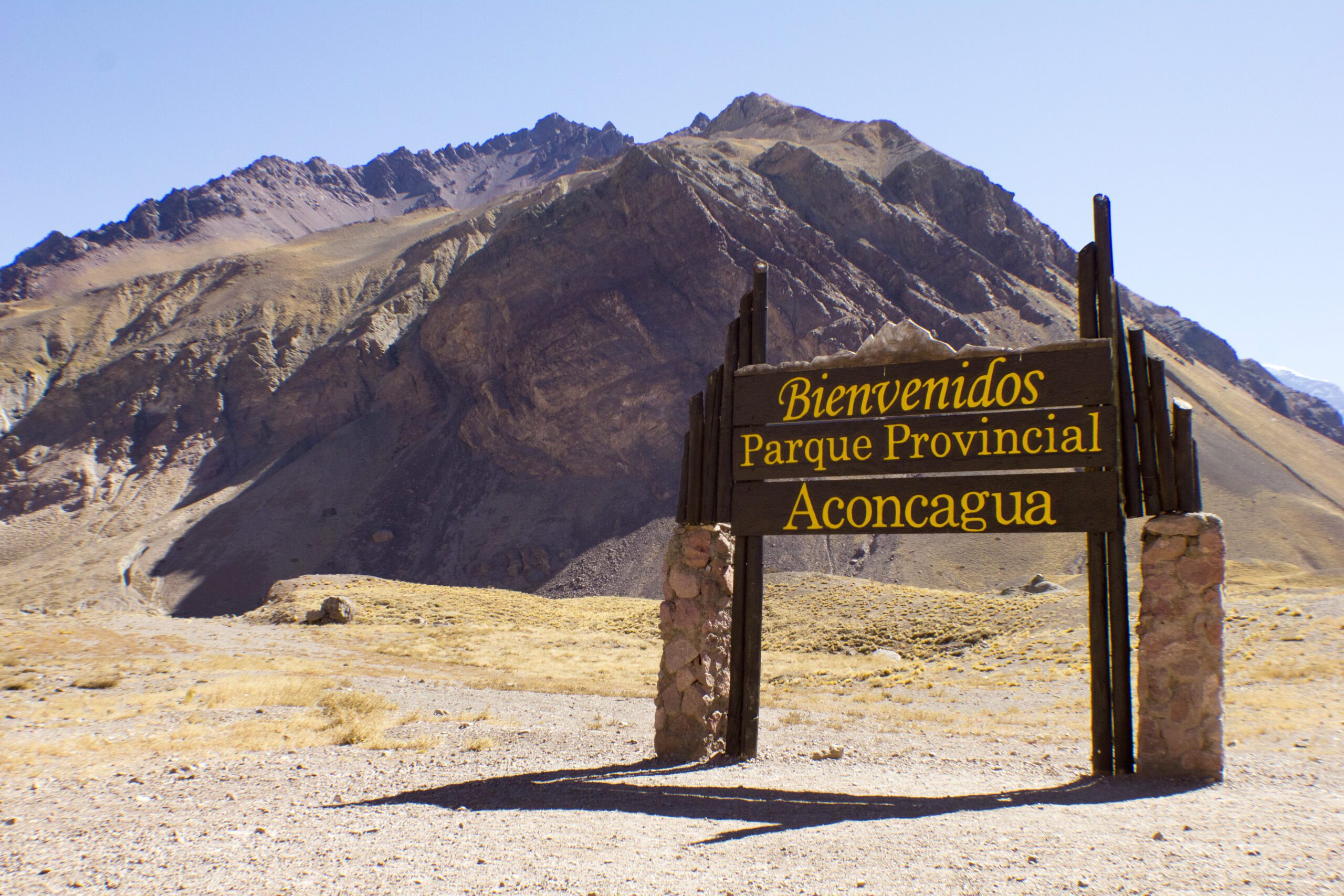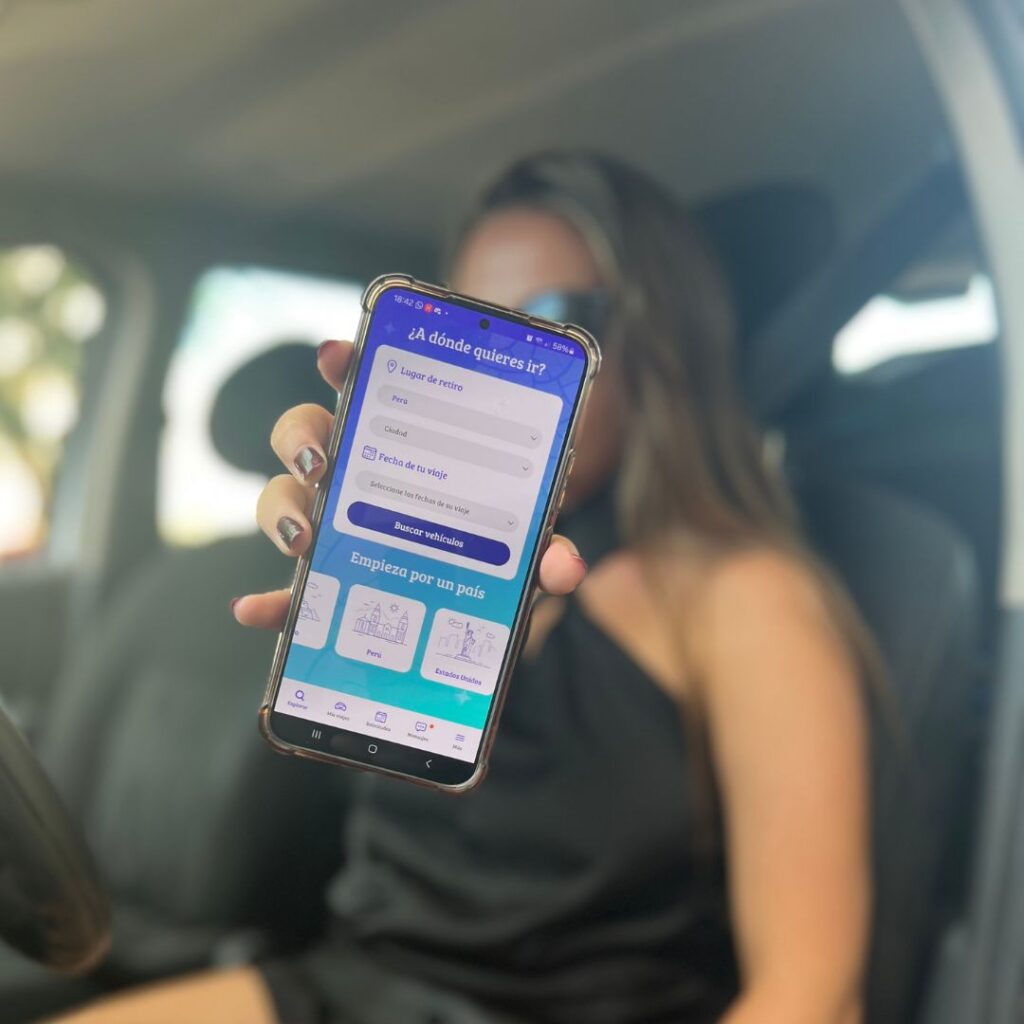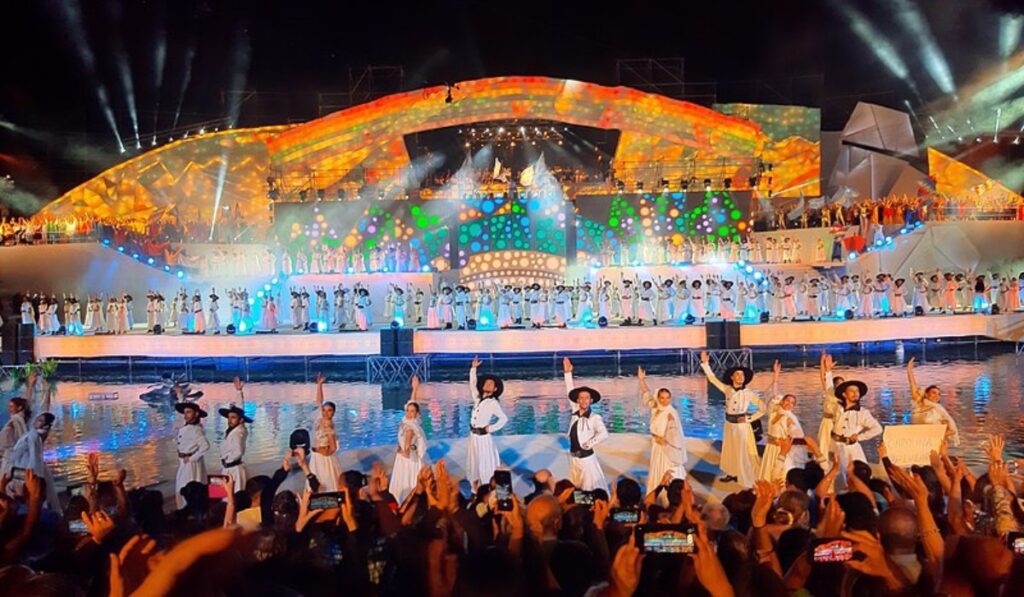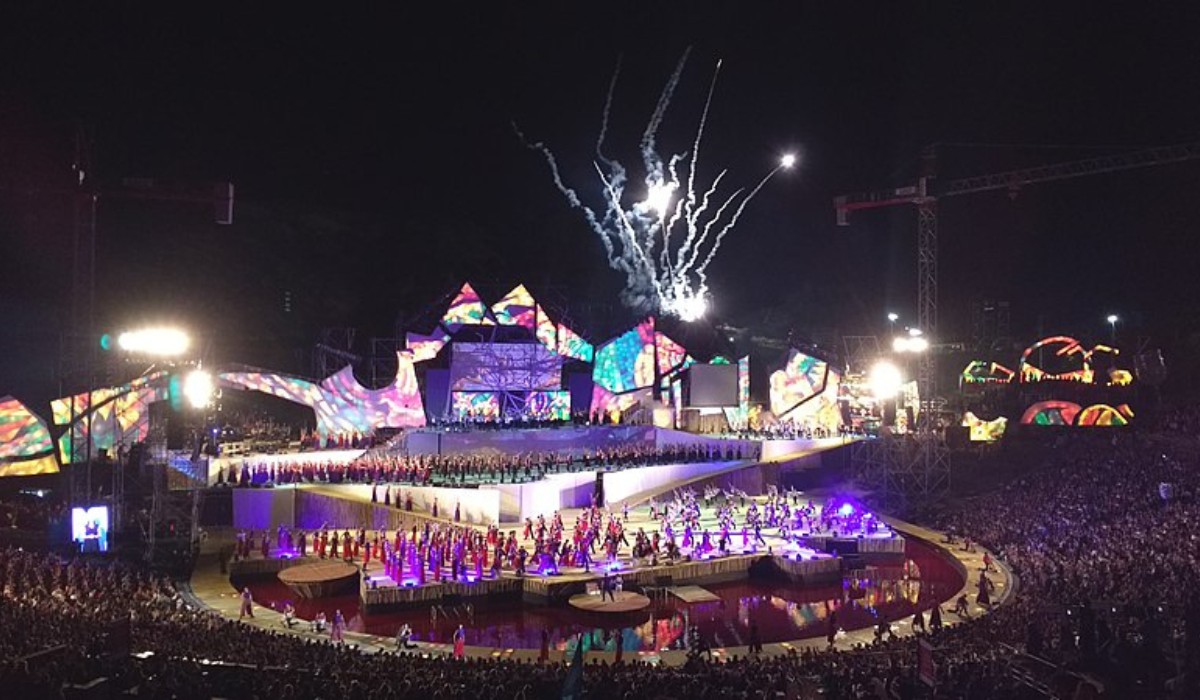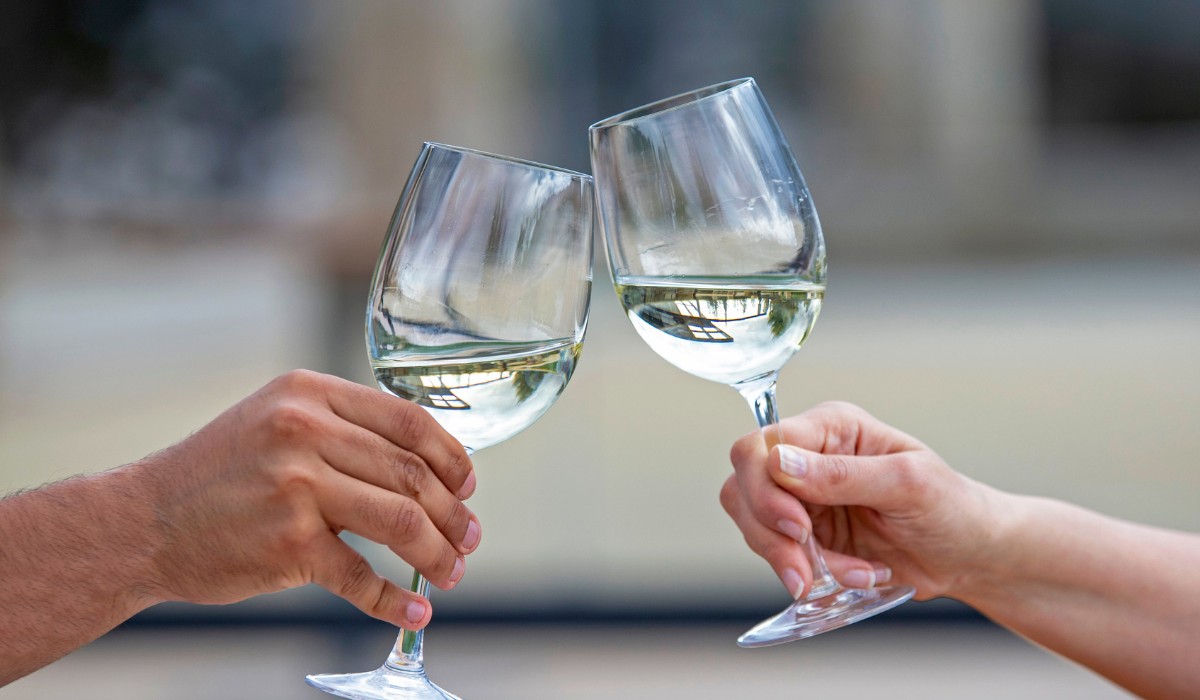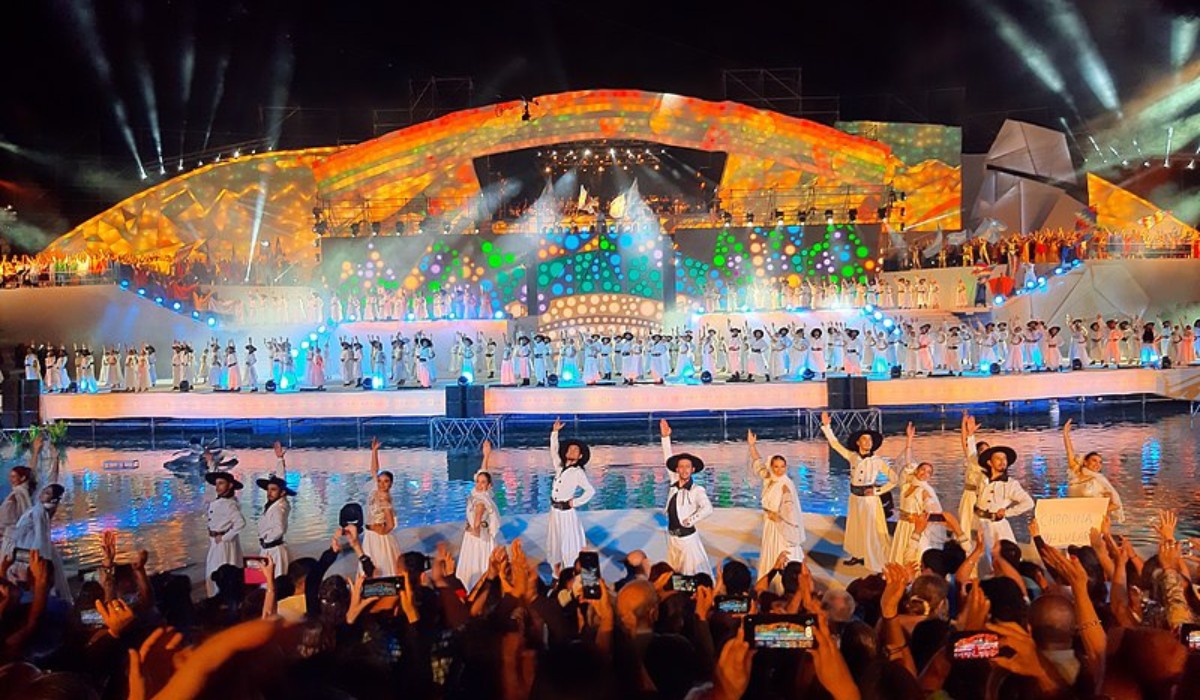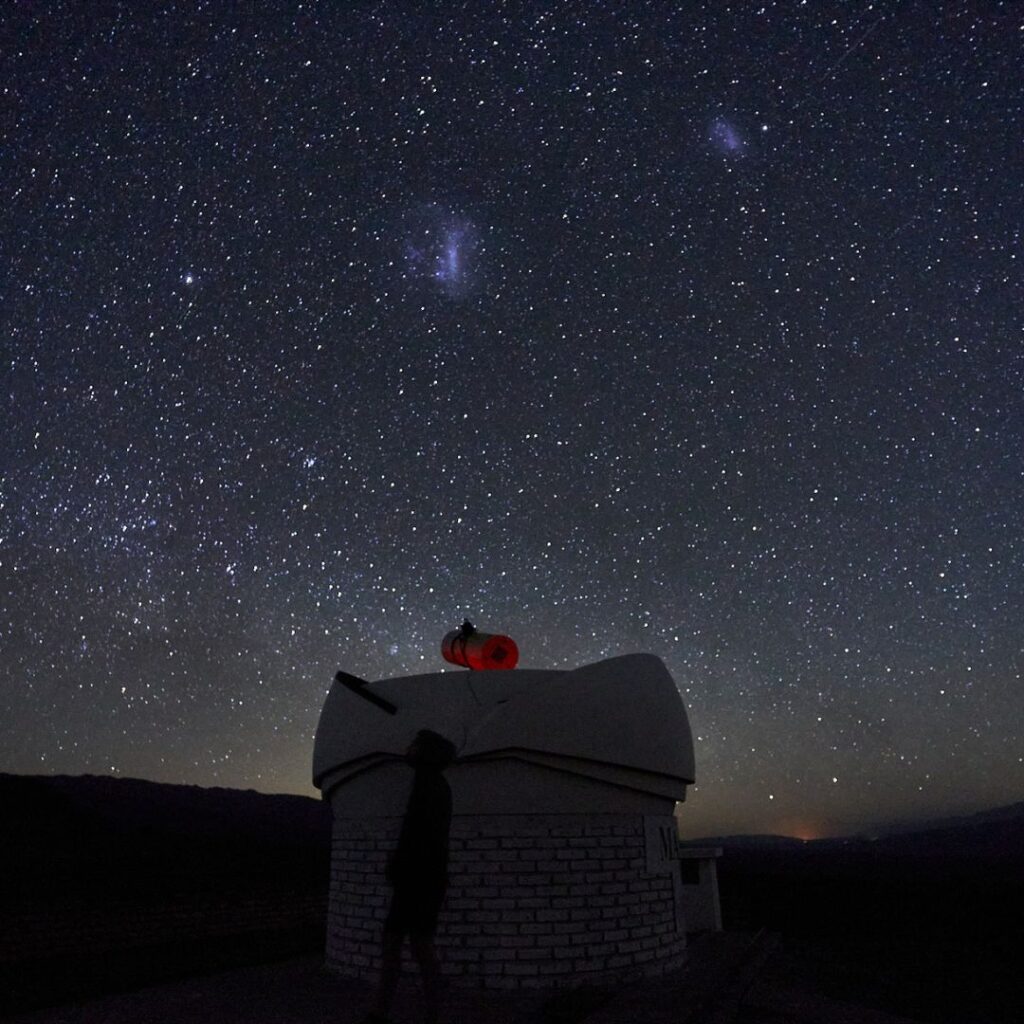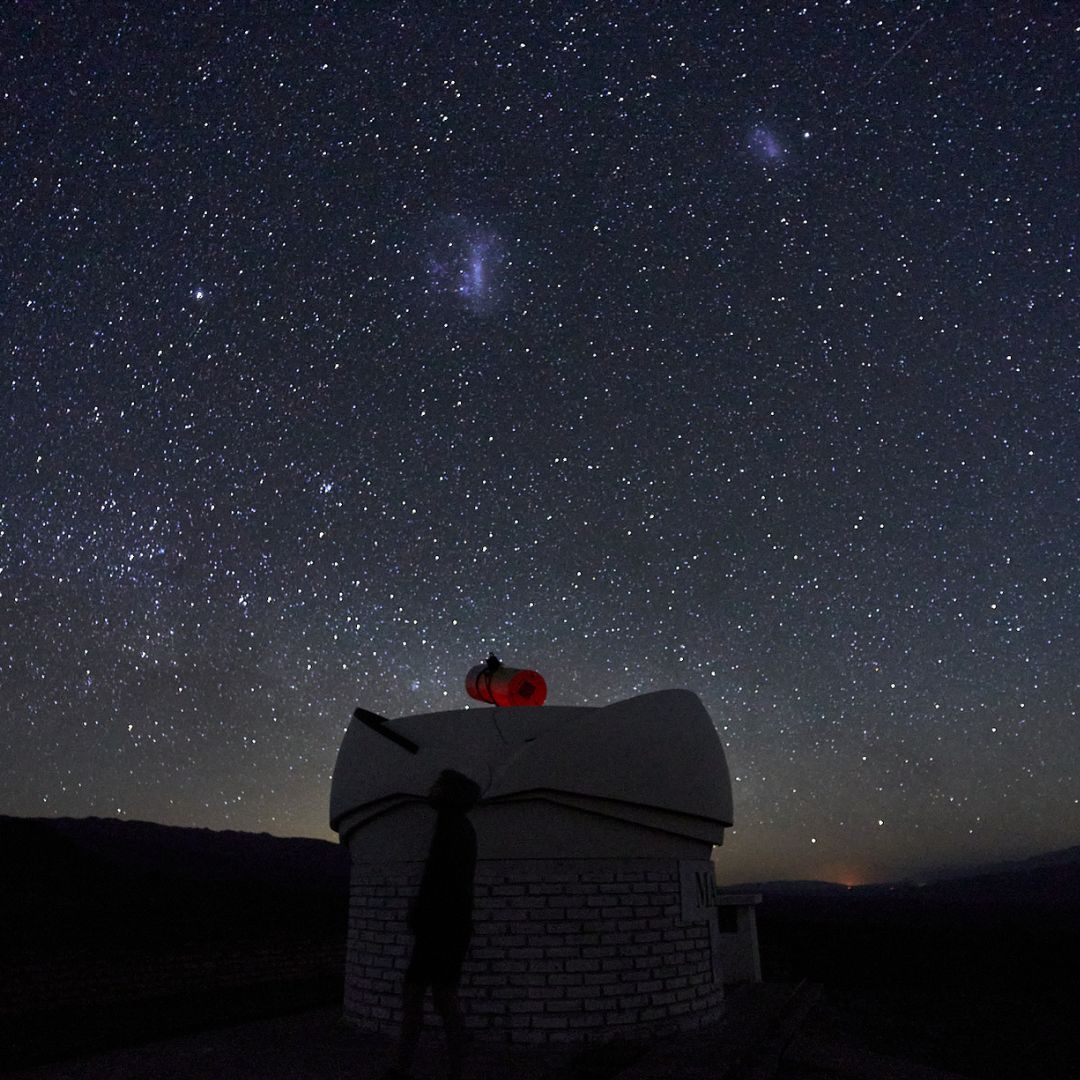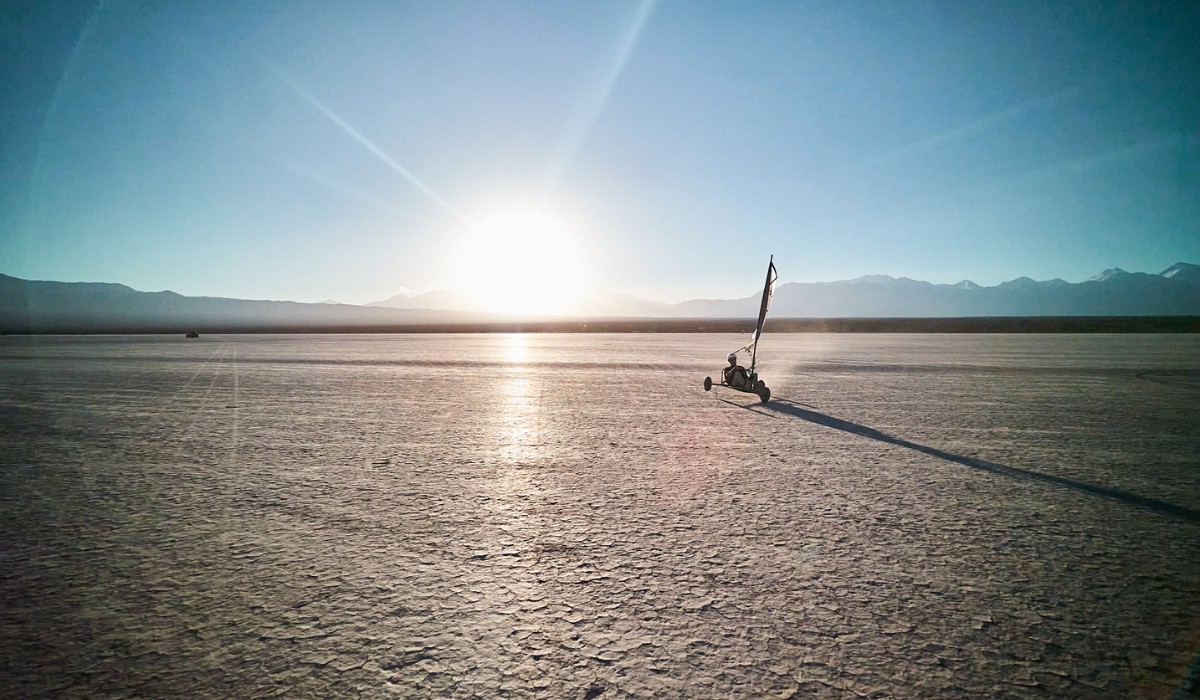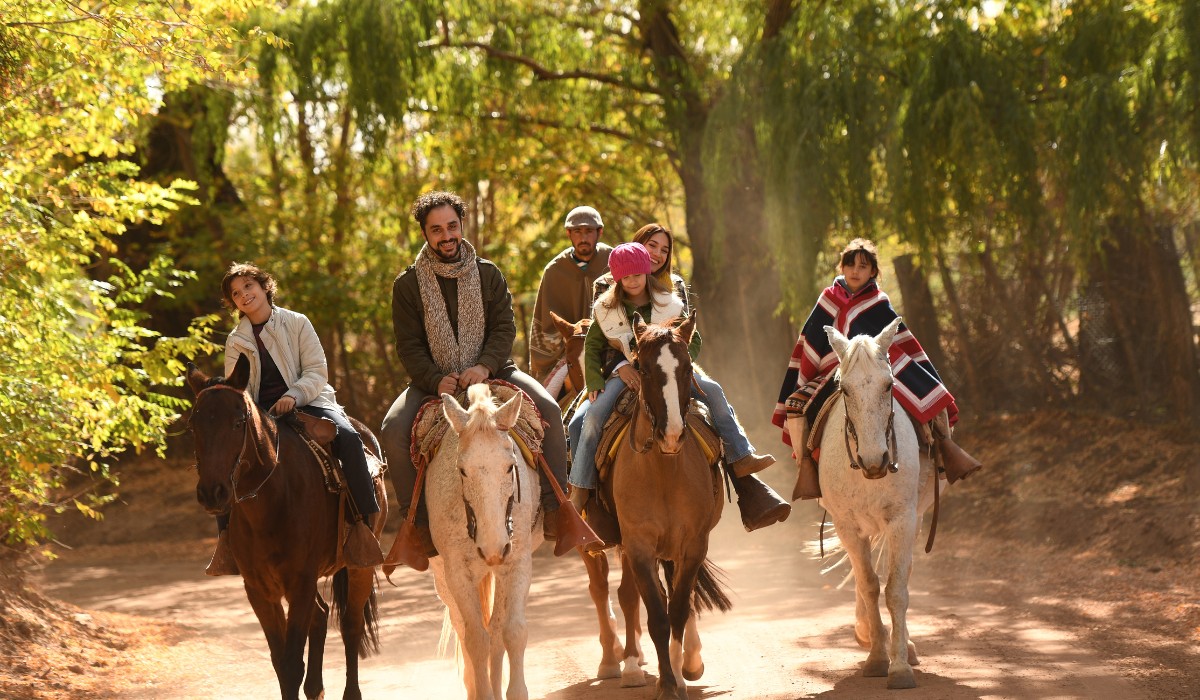Mendoza in spring: the best activities and places
September begins, and Mendoza in spring becomes magical. The vineyards reborn, blue rivers with meltwater to enjoy rafting, and, of course, an international-level gastronomy. During these months, outdoor activities under the spring sun are everyone’s favorite, whether you travel with family, friends, or as a couple.
You can start in the city of Mendoza, continue through the Uspallata area, and end in an incredible field of volcanoes near Malargüe. In addition, if you enjoy driving through the landscapes of a province, reaching San Rafael is an excellent option if you like rafting and, at the same time, want to relax.
With this guide from Rentennials, we want you to organize the most complete itinerary of your trip to Mendoza and experience it to the fullest.
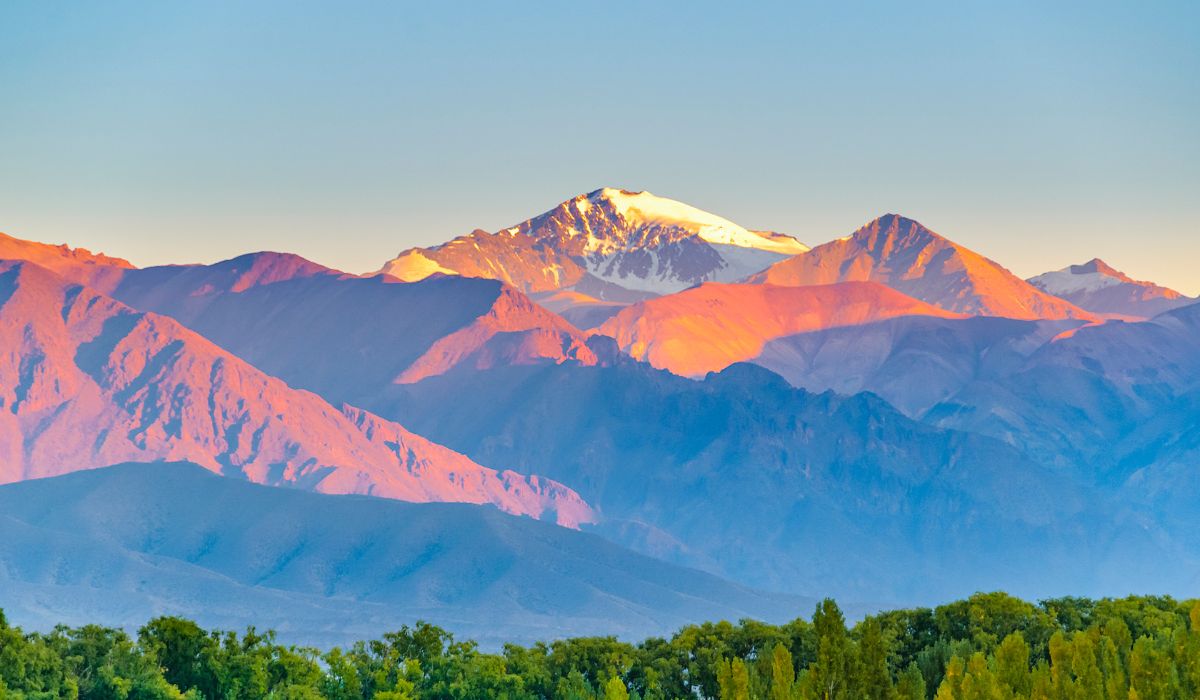
What is spring like in Mendoza?
The Mendoza spring has one of the most ideal climates to enjoy a well-deserved rest. Days are mild, mornings a little cool, and afternoons perfect for t-shirts. The good thing is that you won’t feel the summer heat yet. Keep in mind that if you go to the mountains, the thermal amplitude is very wide. Nights and early mornings are very cold, while the day is pleasant.
If there’s something that makes Mendoza in spring special, it is the return of the green. The vineyards slowly come back to life, and the trees bloom. Whether you are in the city or a town, you will feel this new stage of the year. And, of course, the snowmelt from the mountains makes the rivers and streams flow strongly again.
What to do in Mendoza in spring?
Besides being one of the most beautiful provinces, Mendoza is one of the ideal destinations to experience all kinds of activities, from adventure to enjoying the best wineries in the world. But if you are someone who enjoys tranquility, you can simply sit down and read a good book with the Andes landscapes behind you.
Walk along trails and go trekking
Spring arrives in Mendoza, and connecting with the mountains through beautiful hikes is a plan you can’t miss. Some routes, like Cerro Negro in Cacheuta, are more intense: steep climbs, little shade, and spectacular views. Other routes, like Quebrada and Los Berros, are calmer, ideal for those seeking deep disconnection.
There are also family trails such as the Laguna de Horcones in the Aconcagua Provincial Park, where you can see the highest mountain in the Americas. And for experts, the Cerro Camello Sur ends with incredible views of the Potrerillos reservoir.
If you want to choose your best route, we recommend visiting our article on the best trekking trails in Mendoza.
Go on a rafting adventure
In Mendoza, you can go rafting all year long, but if there is a special season, it’s spring. The rivers fed by the Andes snowmelt offer rapids of different levels, from calm ones for beginners to others for those who seek pure excitement.
One of the recommended places is Potrerillos, 70 km from the city of Mendoza, with companies like Potrerillos Explorer or Argentina Rafting Expedition that organize half-day descents through class II to IV rapids.
Don’t forget that for a safe experience, it must be done with an authorized provider and guide.
Reach a field of volcanoes
If you are looking for different landscapes in Mendoza in spring, then our recommendation is to drive to Malargüe, about 300 km south of the capital. It is a little-known destination but one that has one of the most incredible landscapes in the country: a reserve with more than 800 inactive volcanoes: La Payunia.
The gray, ochre, and red colors surprise any visitor. To visit this place, you must book a tour in Malargüe in advance. It lasts the whole day, but it is not very physically demanding. It includes lunch and a guide.
On the way to Malargüe, you can make a stop at Las Leñas. Although the snow has already melted, there are several interesting points to visit. El Sosneado, Pozo de las Ánimas, and Valle Hermoso are some of the surprising spots
Relax and enjoy hot springs in Cacheuta
It’s time to relax and recharge energy. Among the mountains, on the banks of the Mendoza River, is Cacheuta, one of the most famous hot springs in Argentina. Its mineral-rich waters can be enjoyed all year round and provide true relief for body and mind. The complex has a hotel, restaurants, a small market, and several entertainment options.
If you dare to explore the historic Cacheuta station, you will discover a suspension bridge over the river offering unique views of the landscape.
From Potrerillos, the access is through a tunnel on RP 82, and then a road along the lake guides you to this thermal oasis nestled in the mountains. It is one of the must-do experiences in Mendoza in spring.
A high mountain experience by car
For those who enjoy driving through beautiful scenic roads, this is the destination to choose. Along National Route 7, starting from Uspallata, you’ll cross the beautiful road leading to Puente del Inca and the Aconcagua Provincial Park. If you continue, you will reach Las Cuevas and the road to Cristo Redentor.
People with mountain driving experience will have no problem, but if you are new to it, don’t miss the chance to take your first steps on these roads. Driving slowly, in low gears, and paying attention, everything is possible.
The Provincial Route 52 is another option to drive through the mountains, though in this case, it is gravel. It is popularly known as the Road of the Snails because of its curves and switchbacks crossing part of the Villavicencio Natural Reserve. There are several viewpoints to stop at. From Uspallata to the old Villavicencio Hotel, it is 55 km. The gravel road is in good condition. Don’t miss visiting Villavicencio Park!
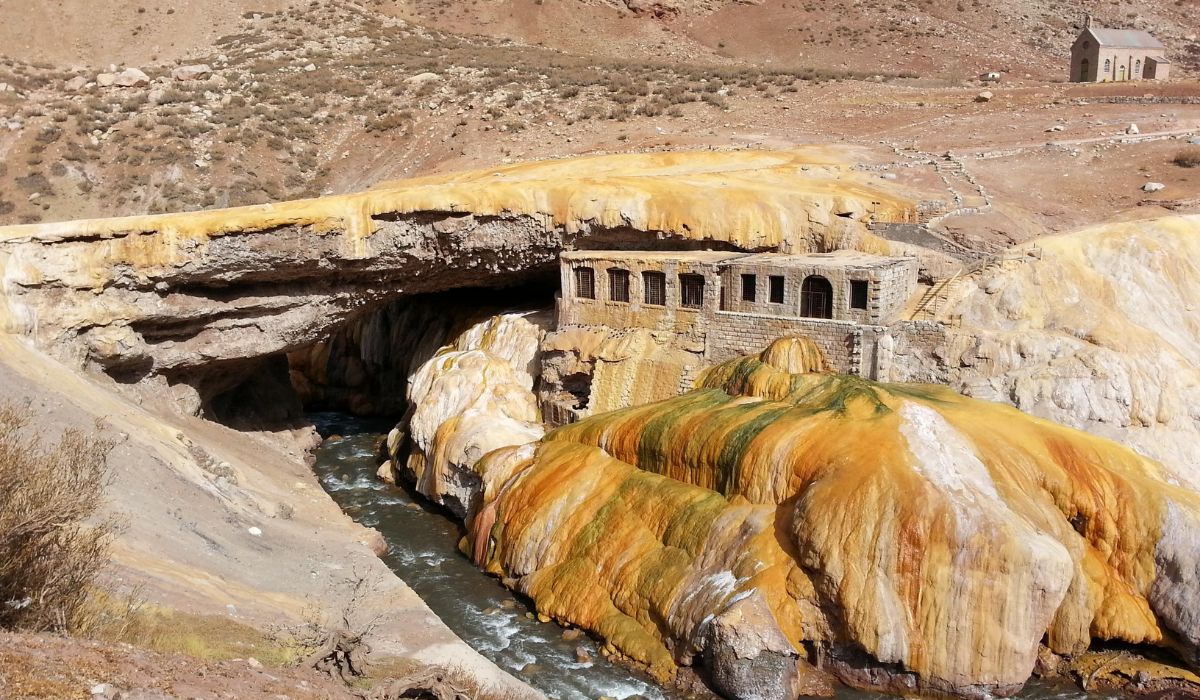
San Rafael, an affordable destination with everything
Just a little over 230 km from the city of Mendoza lies one of the province’s most sought-after destinations: San Rafael. Nature and tranquility are what make this destination popular, but its affordability also allows you to enjoy it fully without spending too much. As many say, San Rafael offers the three Bs: good, beautiful, and budget-friendly.
The tour through the Atuel Canyon is one of the must-sees, but you’ll also find wineries with well-known wines, such as Bianchi winery. Its natural attractions, like Valle Grande Dam, and unique activities like rafting on the Atuel River, make San Rafael meet all expectations.
We recommend staying at least two or three days. You will find a wide range of accommodation options for every budget.
Tour wineries and enjoy the best wines (and gastronomy)
We left this for last because it is what makes this province unique: enjoying an experience that combines wine with unique landscapes. Everything begins by choosing some (or several) of the best wineries in the world to enjoy something unforgettable in Mendoza in spring.
Here are our favorite options:
- Zuccardi (Uco Valley, Paraje Altamira) is a winery of constant innovation, combined with high-altitude vineyards. Each glass is pure experimentation and respect for the land.
- Catena Zapata (Luján de Cuyo) is known for pioneering work with high-altitude vineyards. Its wines tell stories of mountain, rock, and altitude.
- Salentein (Tunuyán, Uco Valley) stands out for its impressive architecture, crossed by galleries overlooking the Andes. We recommend having a glass there because you will feel like you’re in another world.
- Bianchi (San Rafael and Uco Valley) has built its legacy since 1928, with sparkling wines and elegant varietals that keep its history alive.
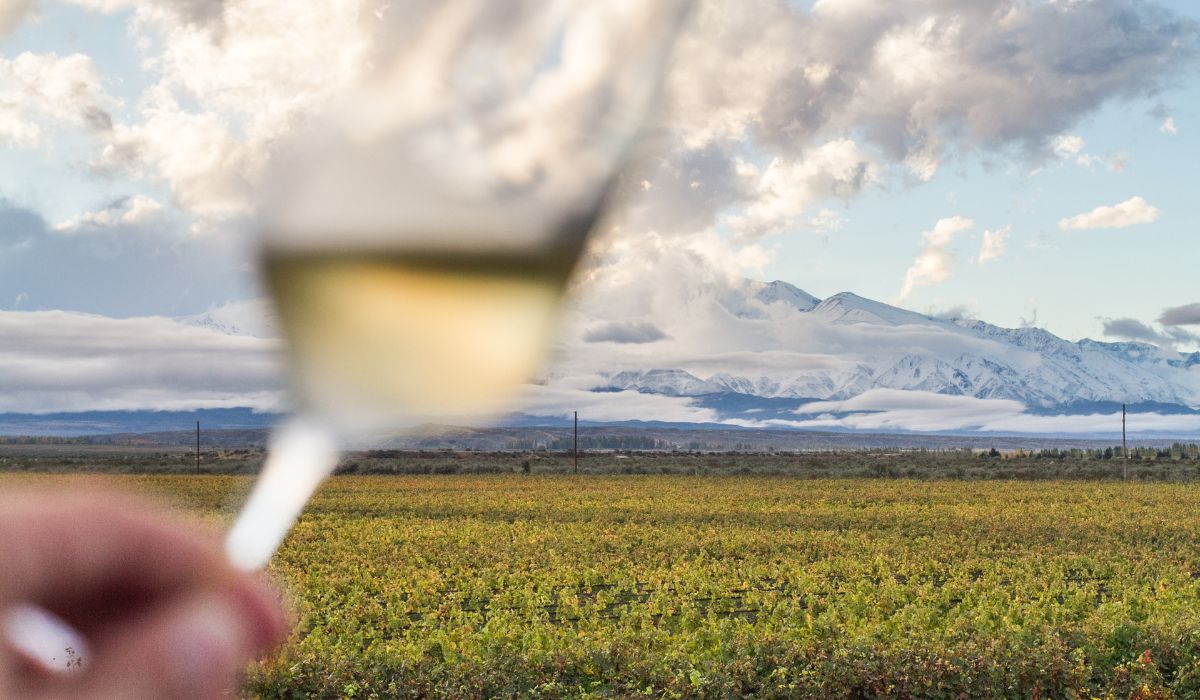
What’s the best way to explore Mendoza in spring?
Mendoza is a perfect destination to explore by car. Rent one, and you can start discovering the province at your own pace and time.
Where to begin? We recommend first exploring the city of Mendoza, Uspallata, and Potrerillos, then heading down National Route 40 to reach Uco Valley. If you have more days, continue on to Malargüe.
Another option is to go from Mendoza to San Rafael.
How many days are needed to visit Mendoza?
To travel to Mendoza in spring, you need at least 4 days. Of course, it depends on what you want to see and the activities you want to do. Our recommendation is to take at least 10 days to combine the classic Mendoza highlights, such as the mountains near the capital, with hidden gems like La Payunia.
Tips to enjoy your trip to Mendoza in spring
You can imagine that enjoying Mendoza in spring is simple. A destination that has it all needs nothing more than your desire to have a good time.
Still, here are some extra tips to make your experience unforgettable:
- Take advantage of the pleasant weather: spring brings ideal temperatures to tour vineyards and enjoy outdoor activities.
- Tour wineries and vineyards: it may be the perfect season to taste wines while enjoying blooming landscapes.
- Explore nature: visit natural reserves, mountain trails, and rivers.
- Enjoy local gastronomy: try fresh seasonal dishes in restaurants and outdoor markets. Don’t forget that there are several Michelin-starred restaurants in Mendoza.
- Bring clothes for all weathers: although temperatures are pleasant, nights can get cold, especially in the high mountains.
Travel with Rentennials and enjoy Mendoza in spring
Mendoza is one of the ideal provinces to visit in spring. Mountains, rafting, landscapes, relaxation, wines. And, as you’ve read, the list doesn’t end there. A plane ticket, renting a car, and starting to explore the Cuyo province.
We always say the same thing: the best way to get to know a place is your way, without depending on others, choosing what you want to do. That’s why, at Rentennials, we make the whole process easier so you can rent a car and explore one of the most beautiful provinces in the country as you wish.
We are Rentennials
Rentennials is the new way to rent cars from local hosts in your city, quickly, easily, and affordably. It's also your new path to starting your own car rental business and making money every month.
Discover more.
